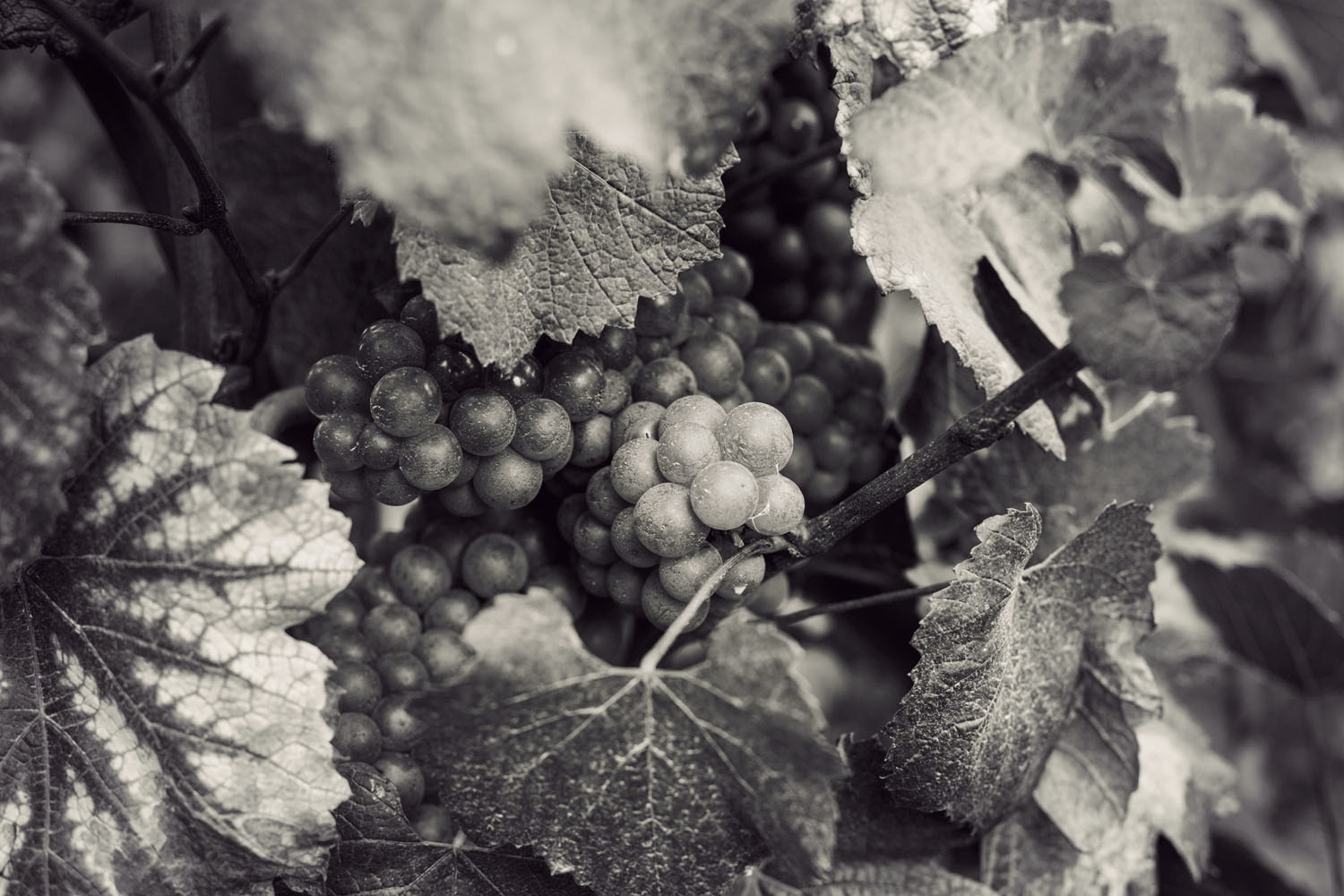
[R]uinart represents elegance through time. Savoir Faire – the knowledge and precision built upon generations of learning: care of and for the vines and land. While I’ve sipped their elegant rosé on many vast occasions, this particular harvest began in Paris. In a quaint Marais bistro I sat, par hazard (by chance), next to a coiffed Parisian gentleman. When I told him I happened to be attending the vendage (harvest), he expressed his intimate experience of what Ruinart meant to him.
I was utterly enchanted.
He said the beauty of Ruinart lays in the elegant curve at the neck of the bottle. The way the slender cork releases herself with just the slighted murmur. That the difference between her and other champagnes is found in both the sense of nostalgia for the past which we carry in our hearts, a tradition we capture each and every time we partake in her pétillantes (sparkling bubbles), and found in her relevance as a modern lady who has no interest in being left on a shelf. Each evening she wishes to be appreciated to the fullest.
That particular evening, in a house of Baccarat, filled to the very brim with the most glimmering crystal, we dined and celebrated the two houses, models of history and their elegance.
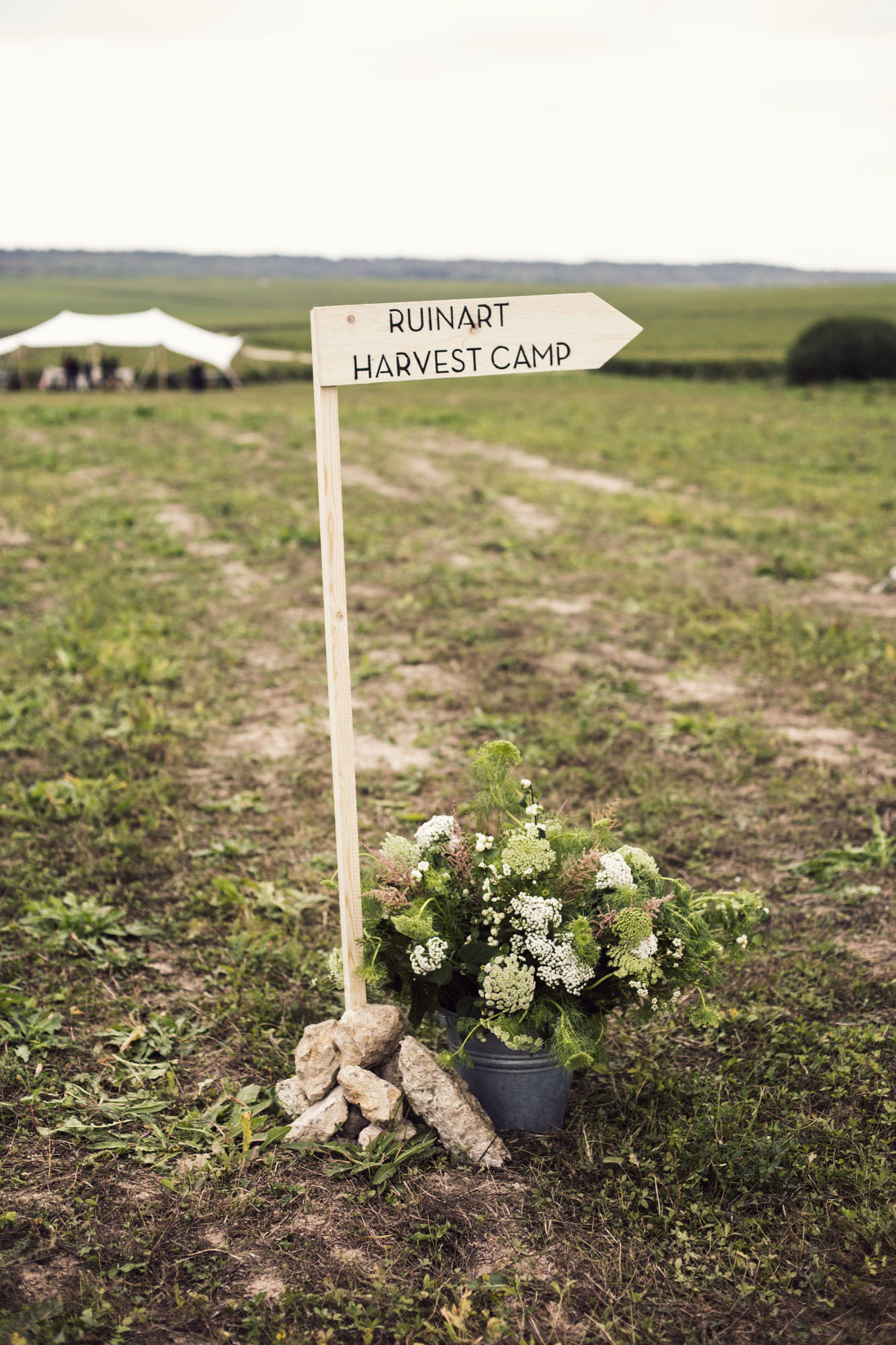
The following day was the harvest. Each vine must be picked at precisely the right moment. 220 hectares of grapes sweep through the rolling countryside of Reims. A vast field of vines: chardonnay, pinot noir, pinot meunier. This was apparently a challenging harvest year. Early hail and rain, followed by a sultry summer led to a smaller harvest, quick maturation and sweet rich grapes. According to Chef de Caves, Frédéric Panaiotis, the reds in particular possess just the perfect balance of elegance and tension.
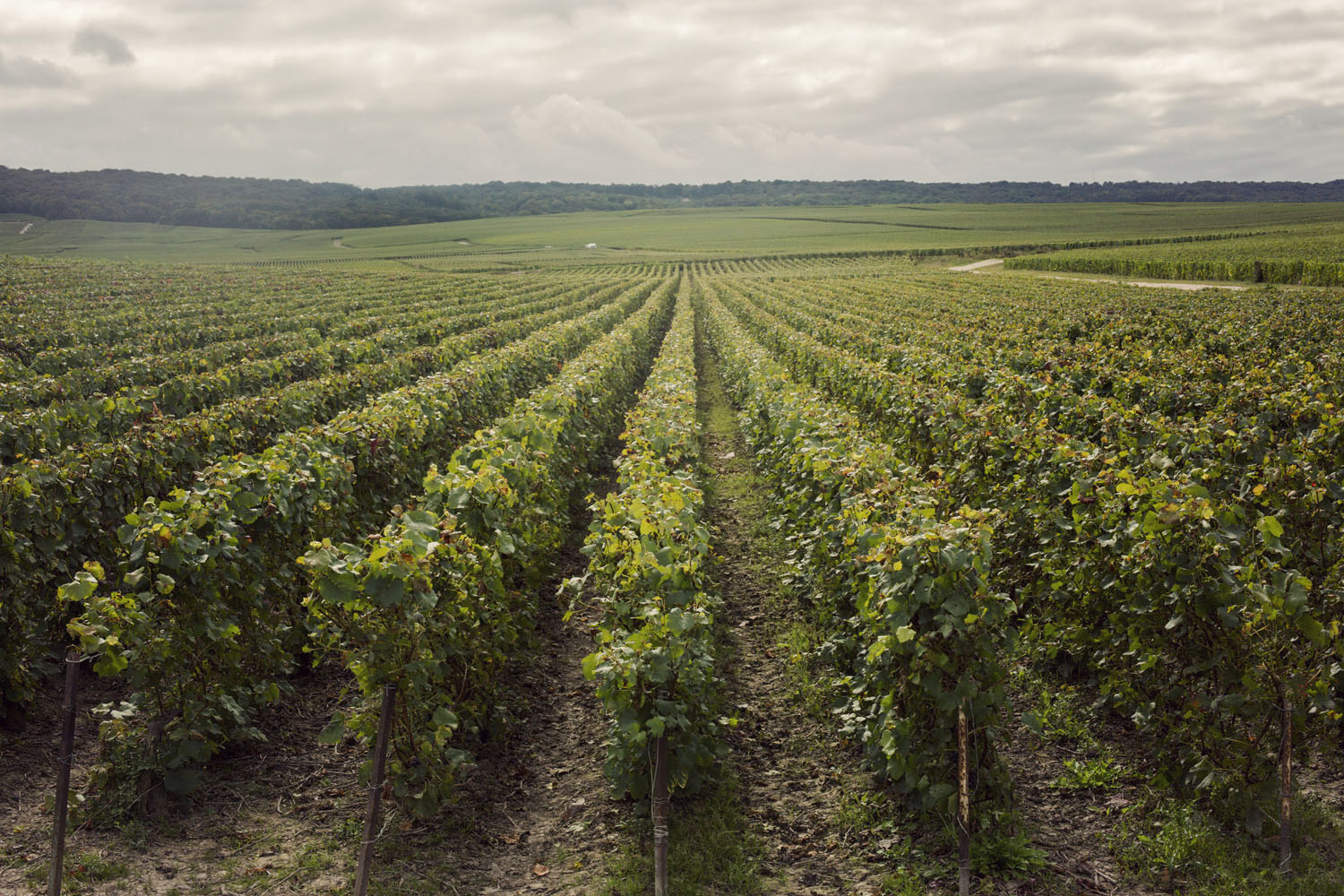
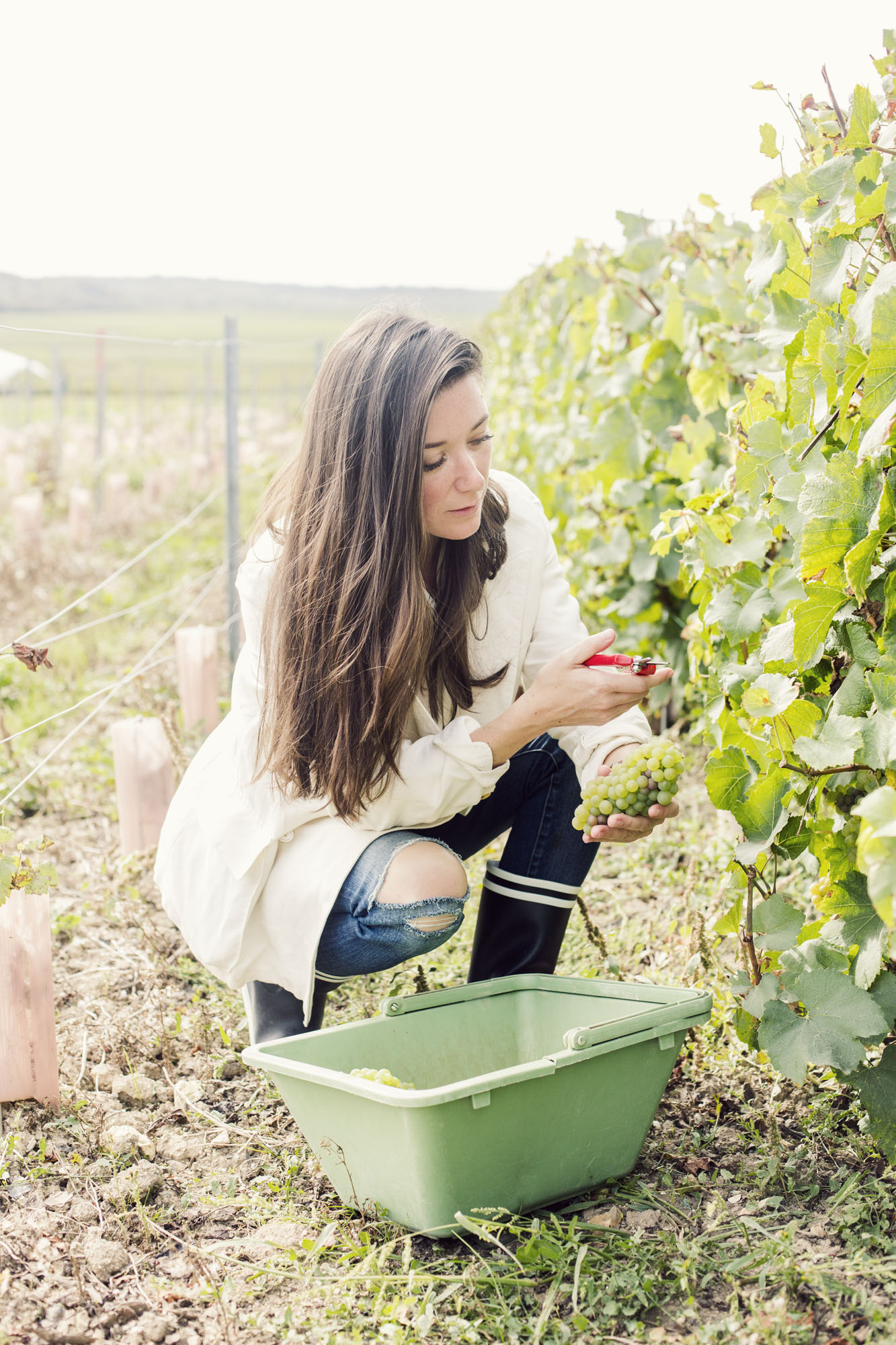
I personally picked grape bunches off the vine. Extraordinary. My fingers were sticky and sweet. I felt of the land. Completely enamored. Such a far reach from the lives we spend at desks, engaged constantly with the cold feel of technology on our finger tips.
There is something profoundly beautiful and timeless in cultivating the land; an enamored symbiotic relationship between the touch of soil, the history of this legendary champagne house, the cycle of seasons. Past and future joined in intimate perfection.
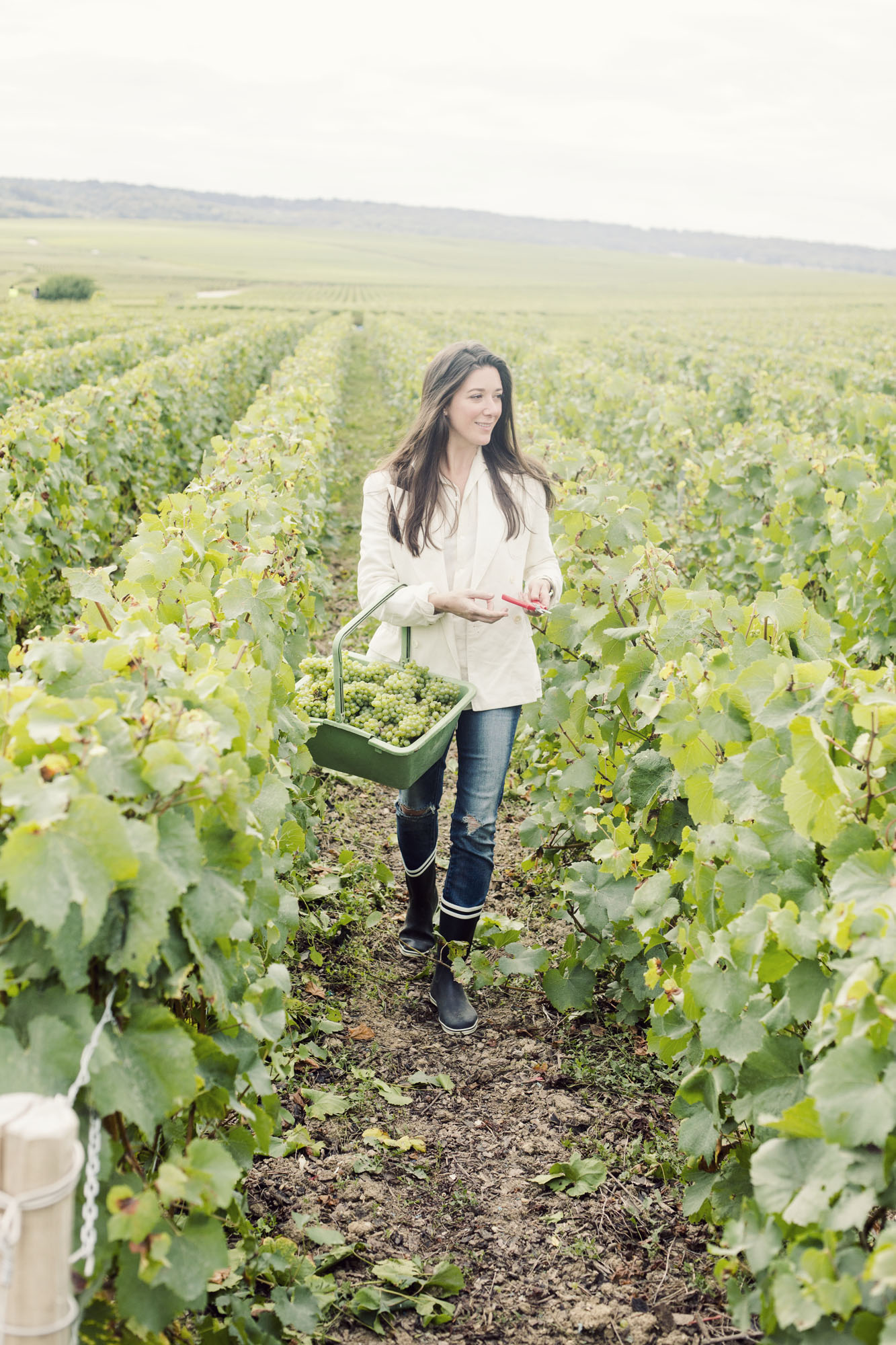
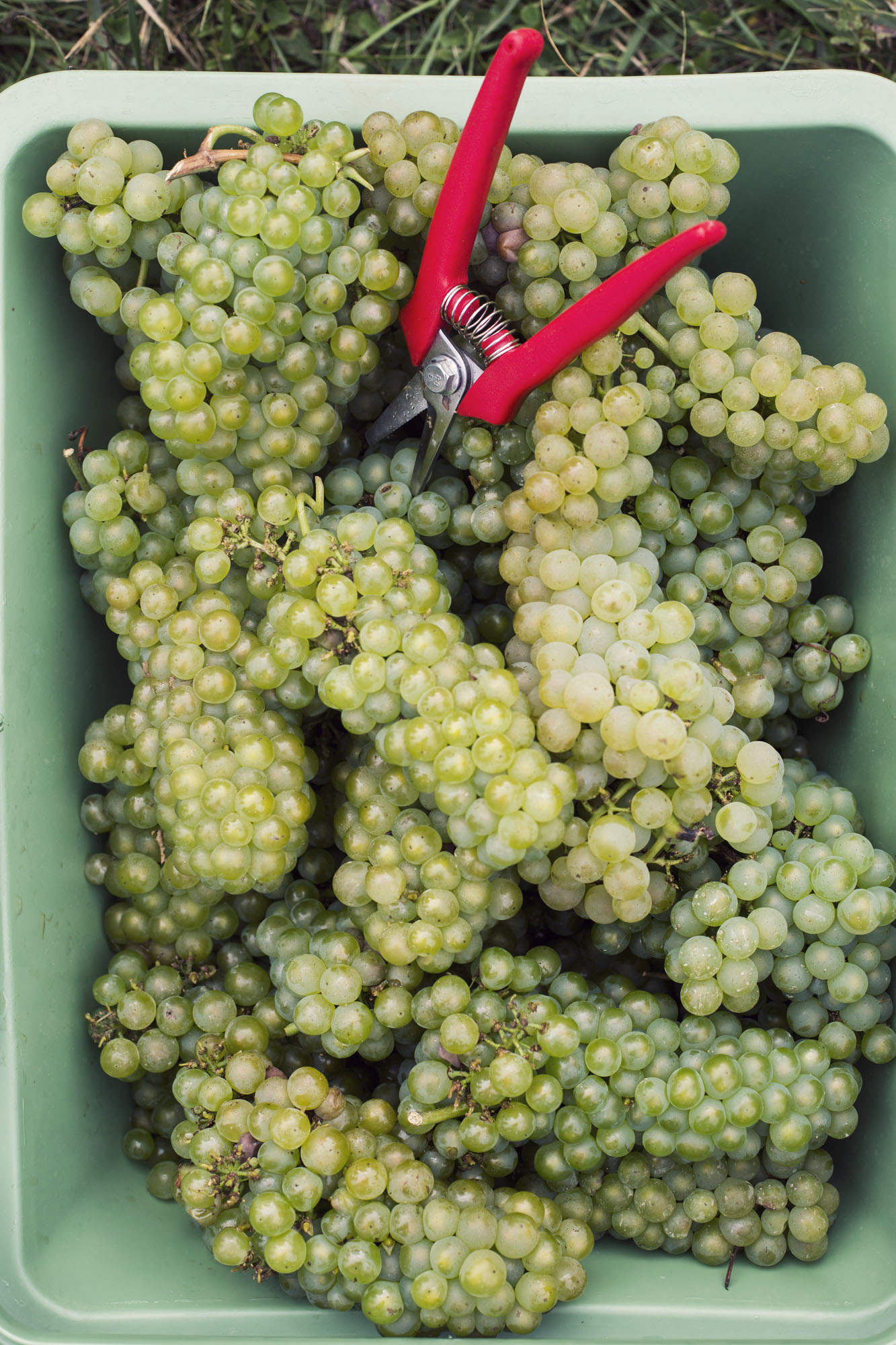

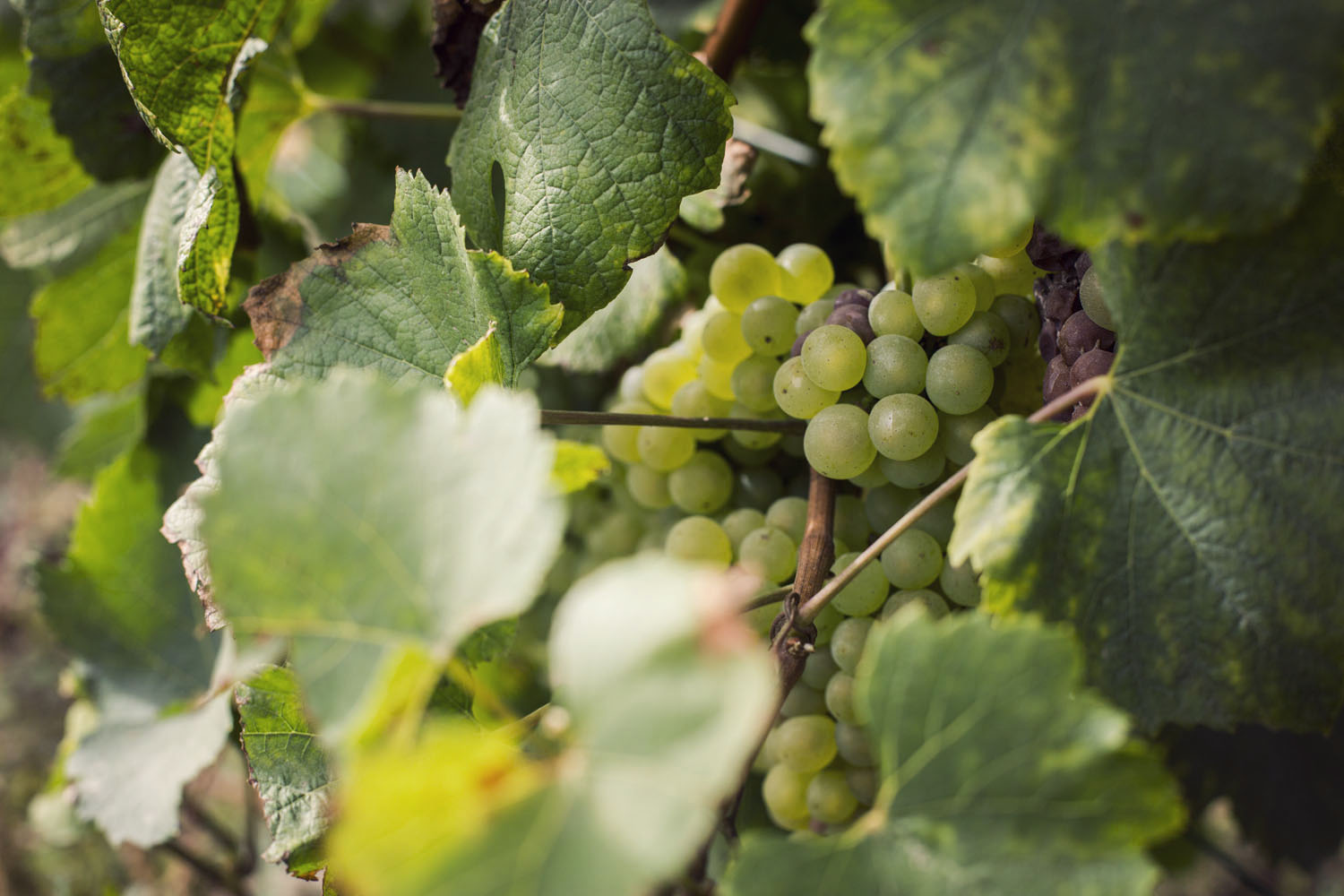
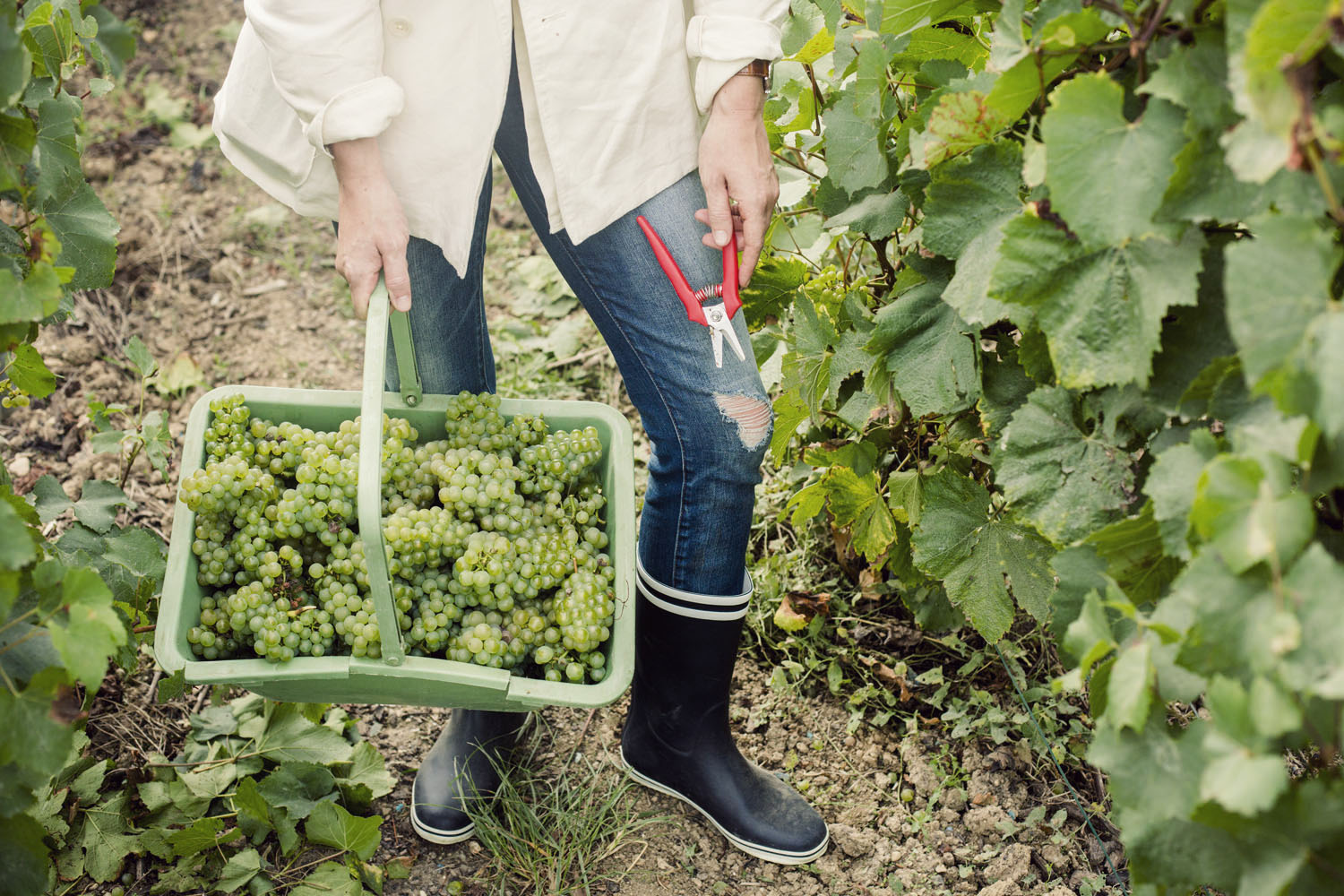

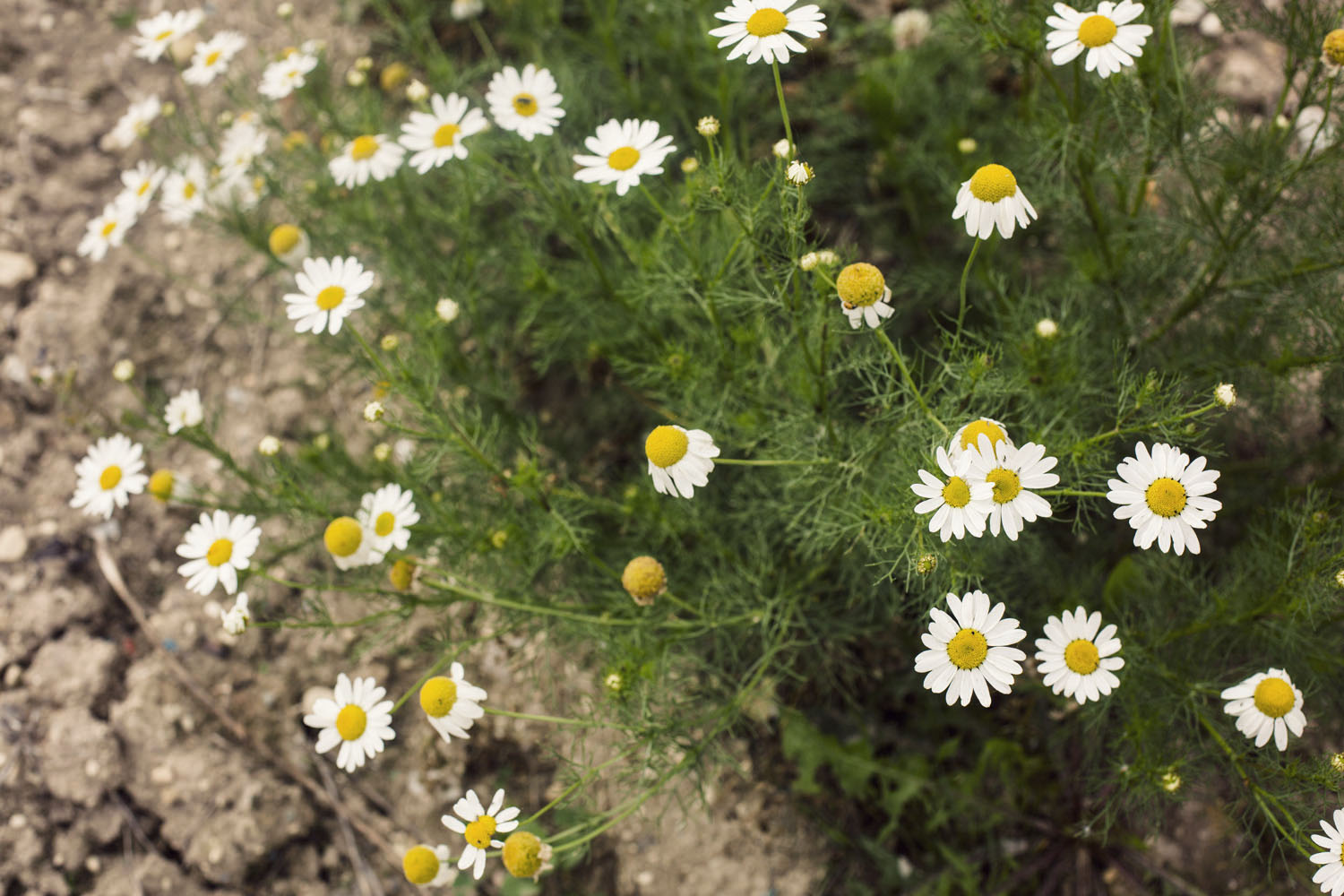
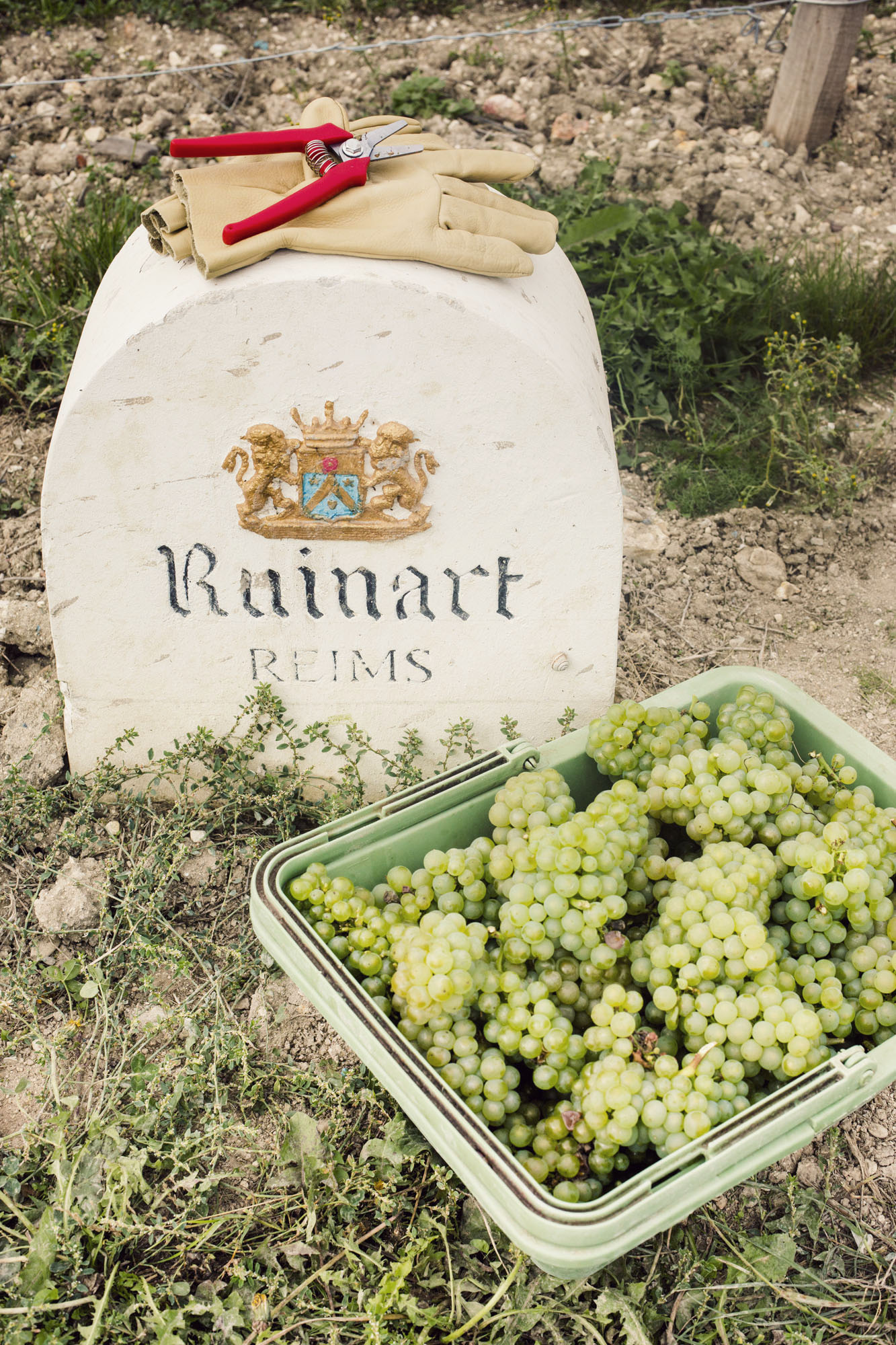
Ruinart is a champagne meant to be appreciated in the moment. Their approach is not that of preciousness, though the quality of the house is one of the most prestigious, but rather to be enjoyed. To be savored in each moment of life. Not to be locked away from the world in an ivory tower.
Ruinart is the first ‘established’ Champagne house, their initial success following an edict by King Louis XV which allowed for the first wine to be transported via bottle as opposed to barrel. The very secret to maintaining those gloriously refined bubbles over distance and time.
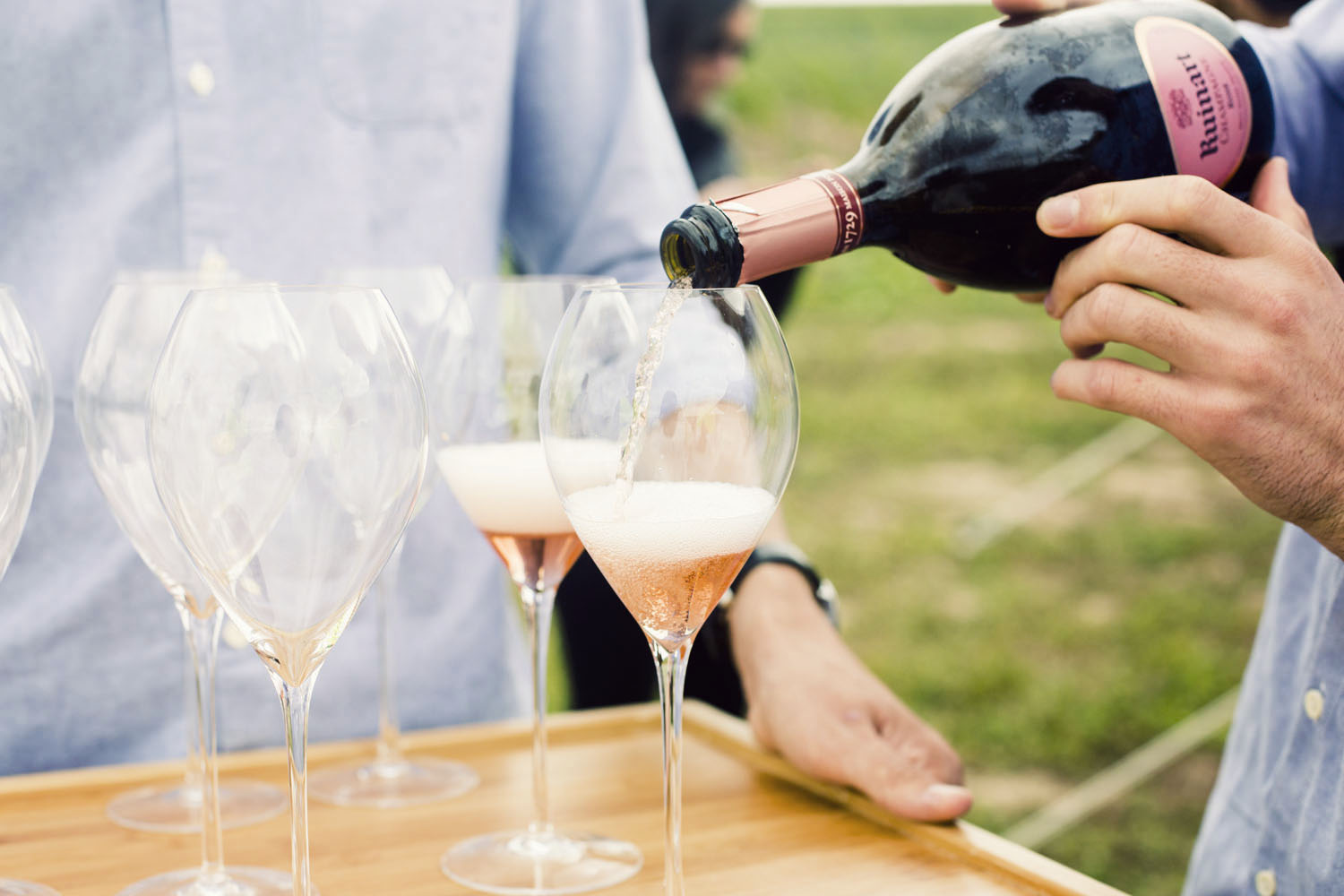
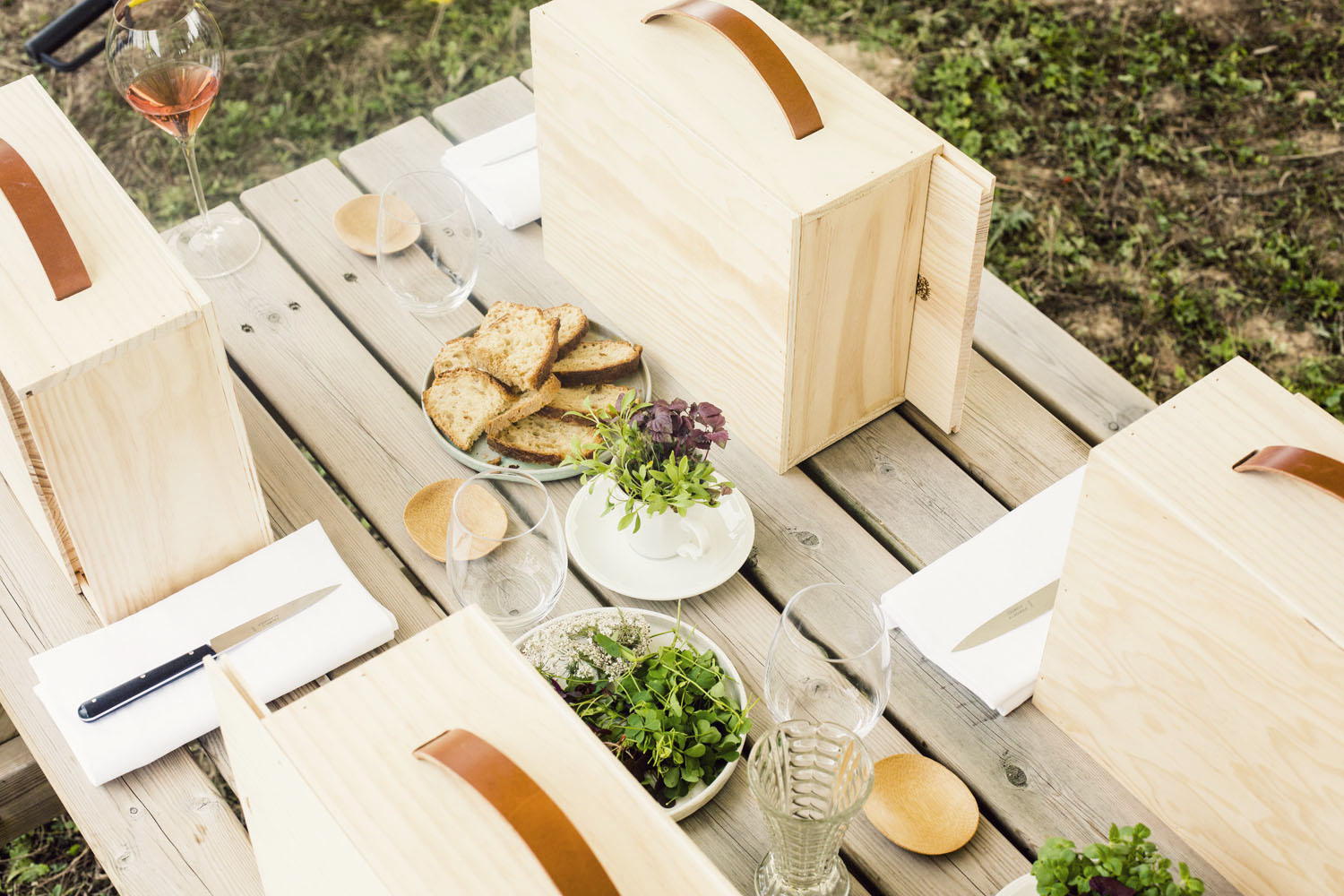
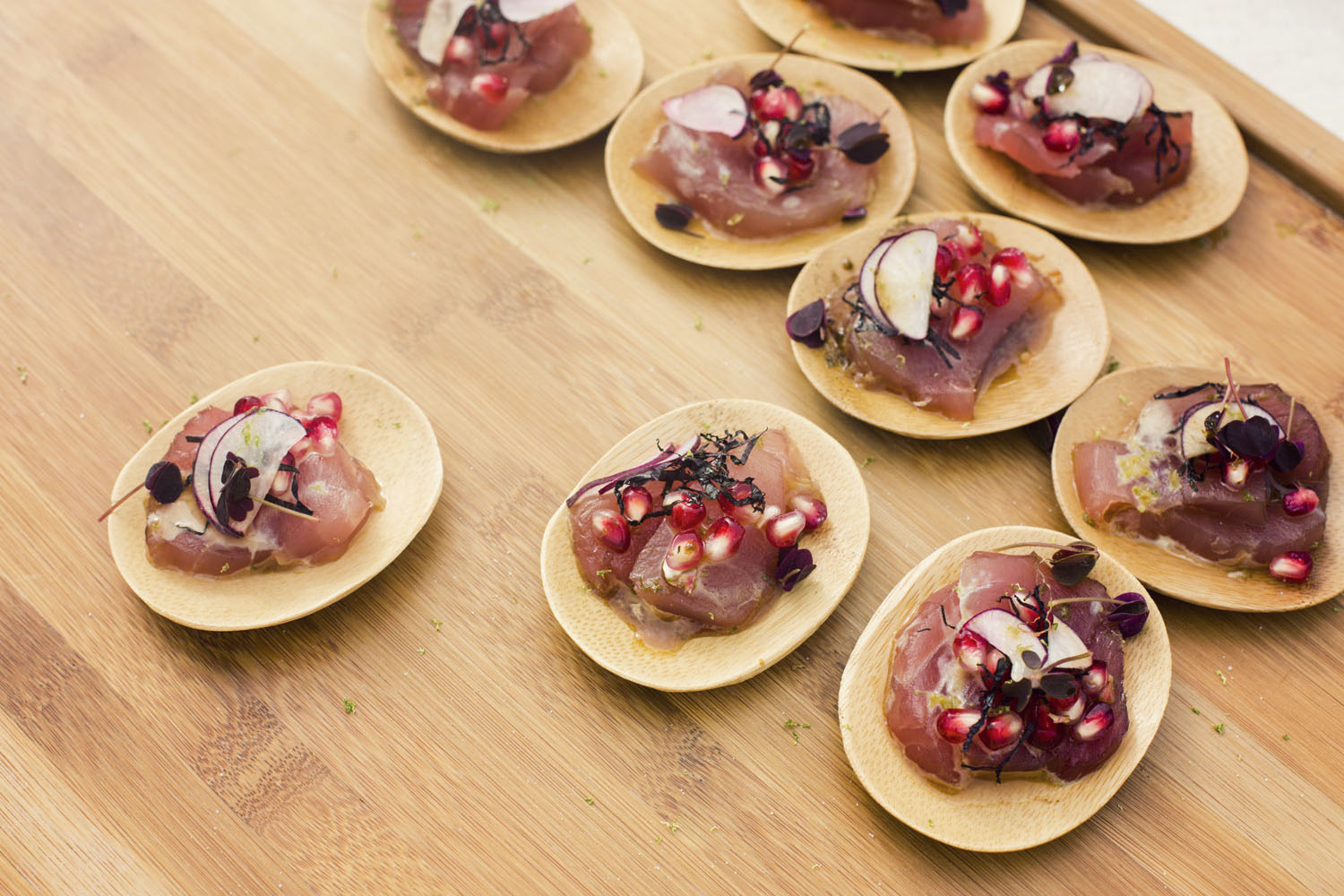
Below- two people hold what the equivalent amount of grapes it takes for one bottle of champagne.
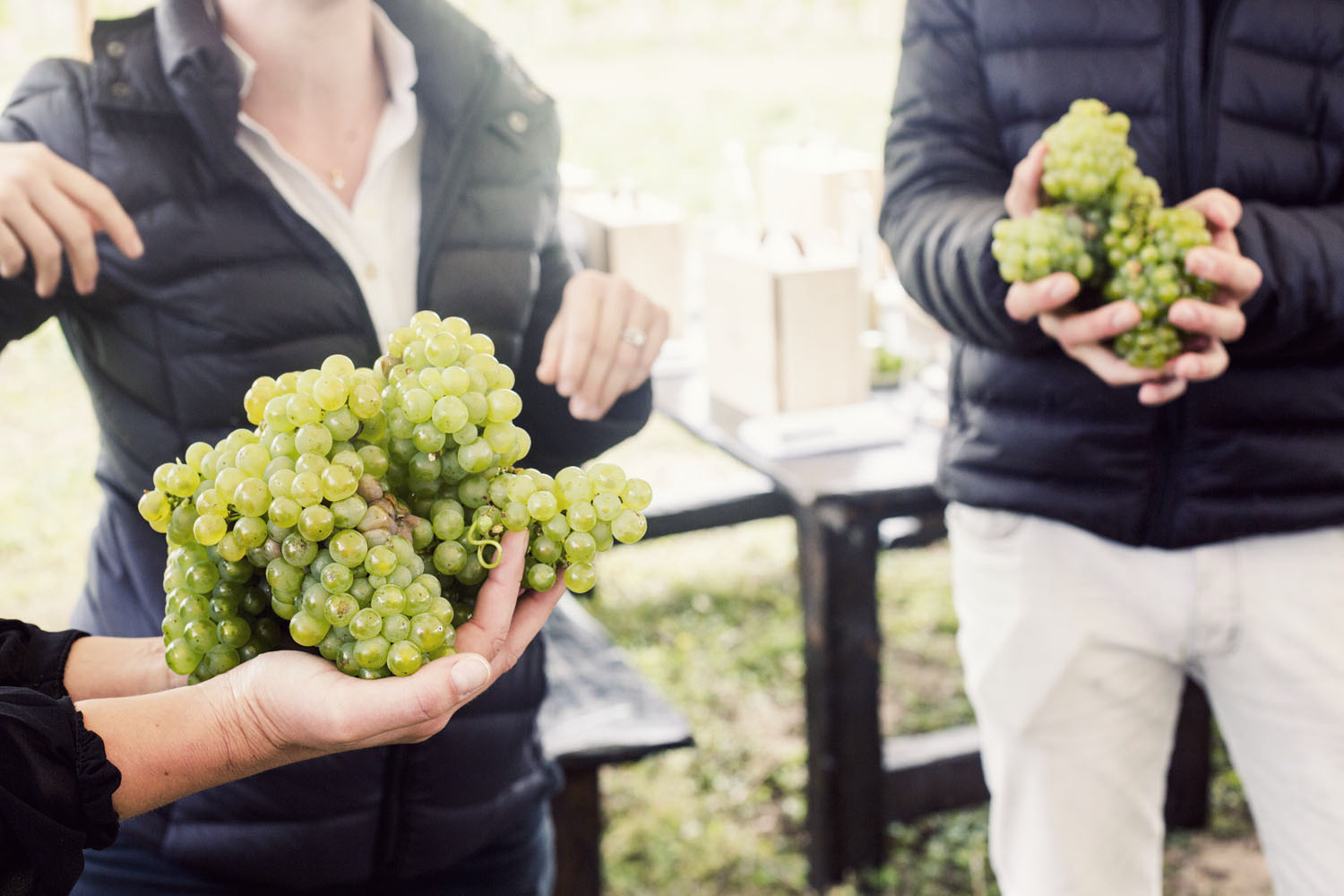
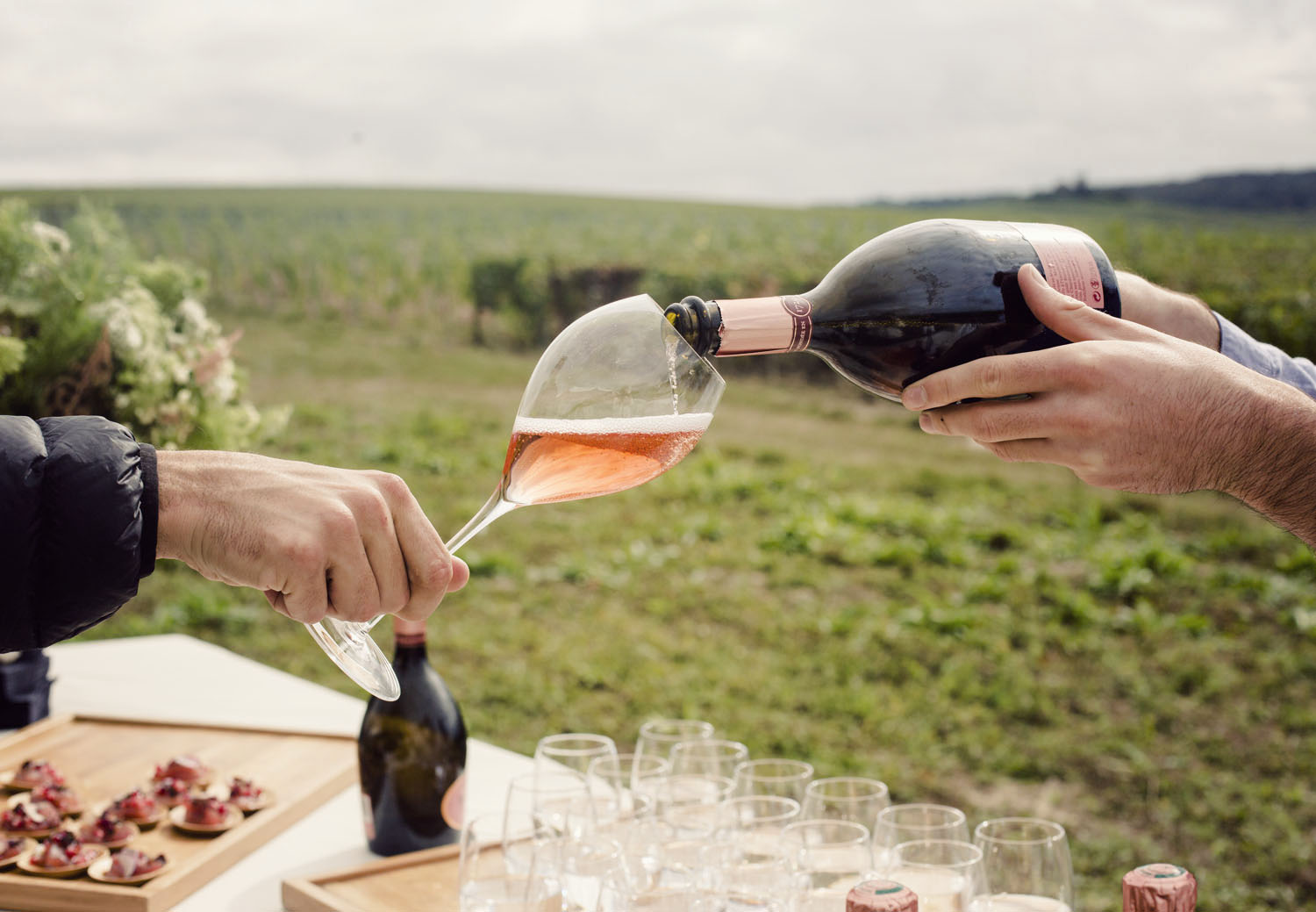
Ruinart remains family run through four generations. The brand history and the people who work for the house are passionate, intimately conversant with the vines and the land, its grainy soil and the essence of its terroir. Passionate about continuing a tradition which began on these rolling hills over a millennium ago by Roman colonies, brought to perfect fruition by Nicolas Ruinart in 1729.

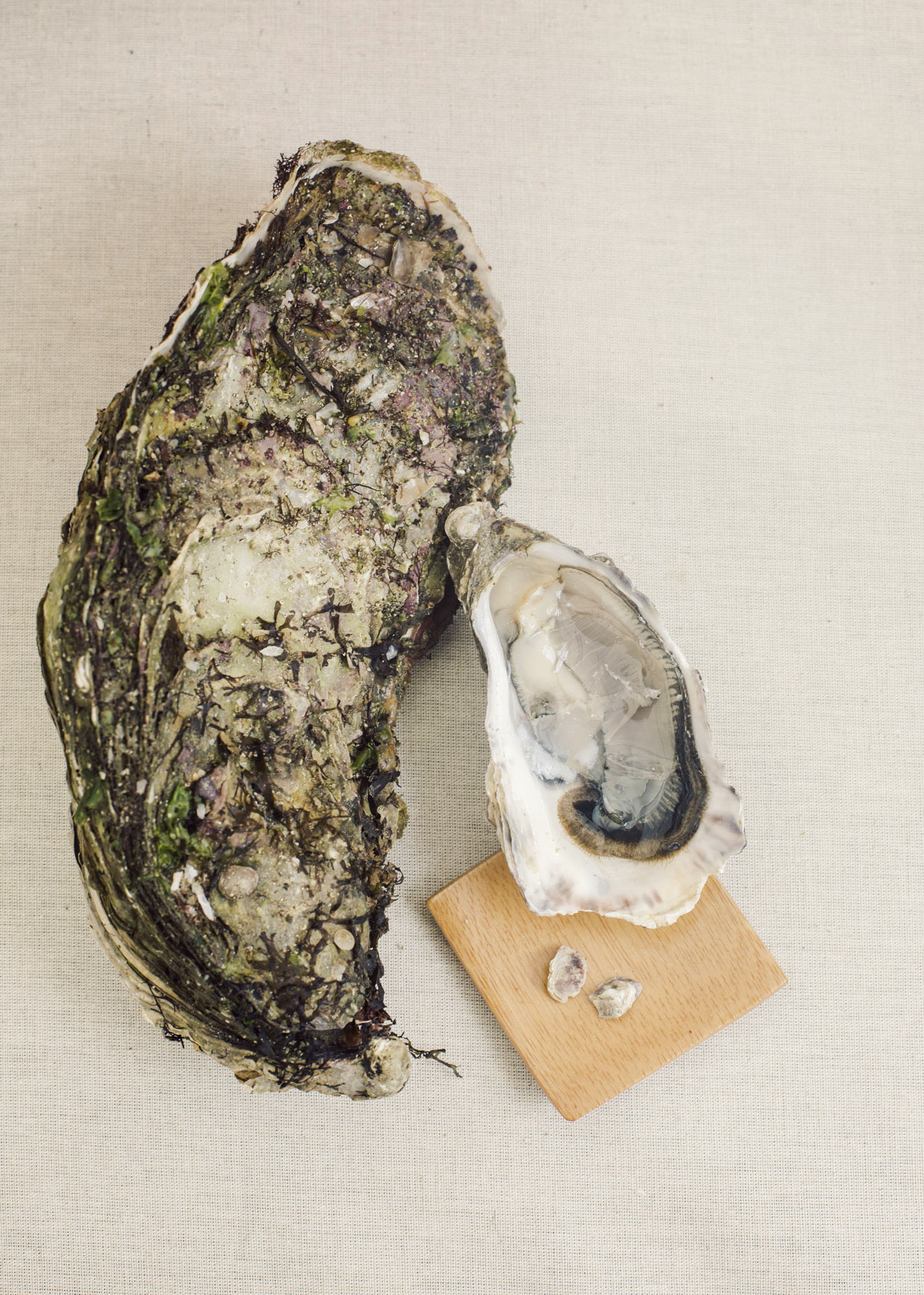
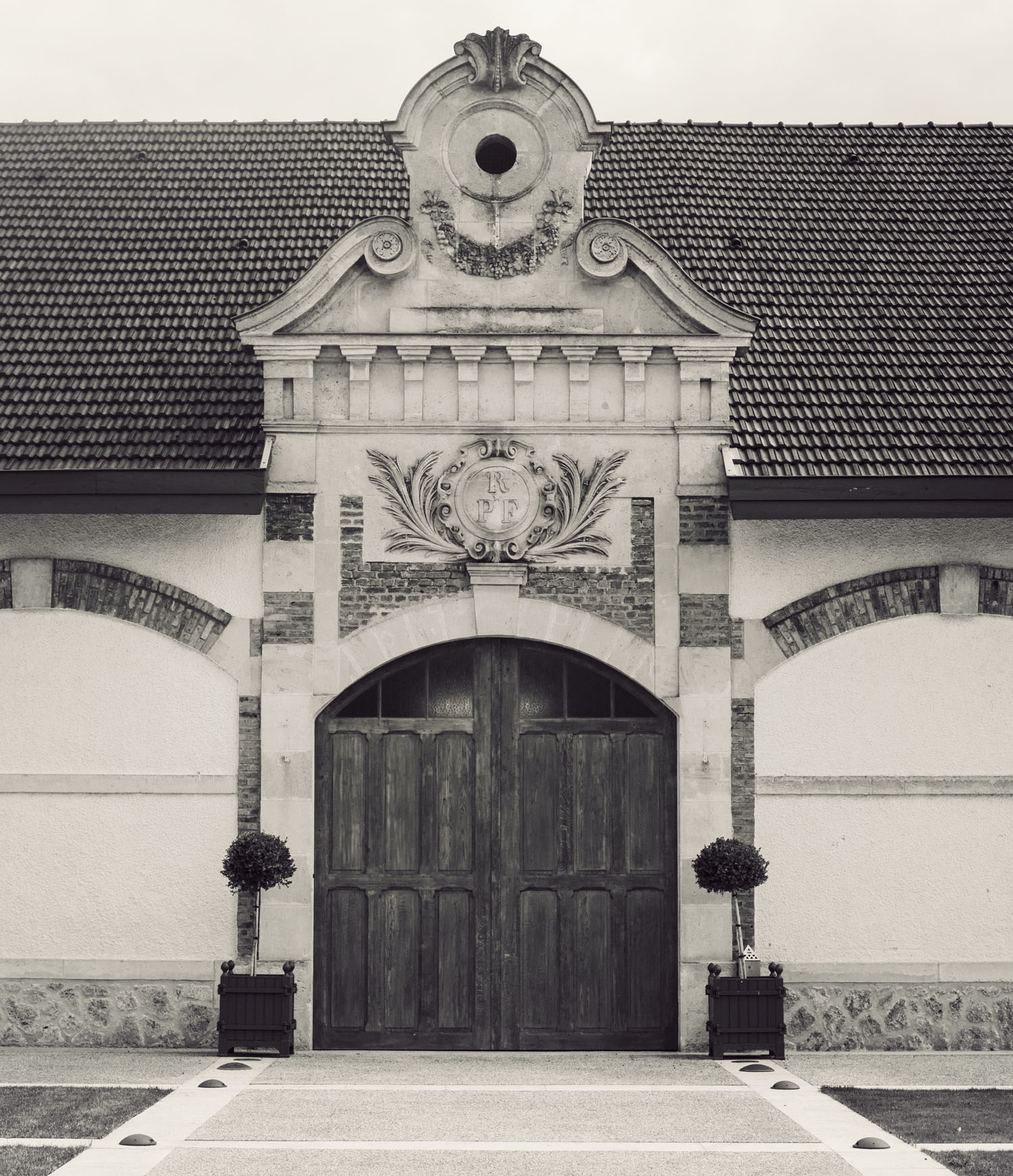
Upon having finished plucking ripe and succulent grapes, we retired to the cave where Ruinart has stored and aged their champagne for over 300 years. Chalk cathedrals excavated underground from the top down ever since Gallo-Roman times. Ruinart has the very deepest of all these ancient submerged cathedrals. And there, deep underground beneath their chateau, we sipped blanc d blanc “en Magnum”, stunning bright and effervescent.
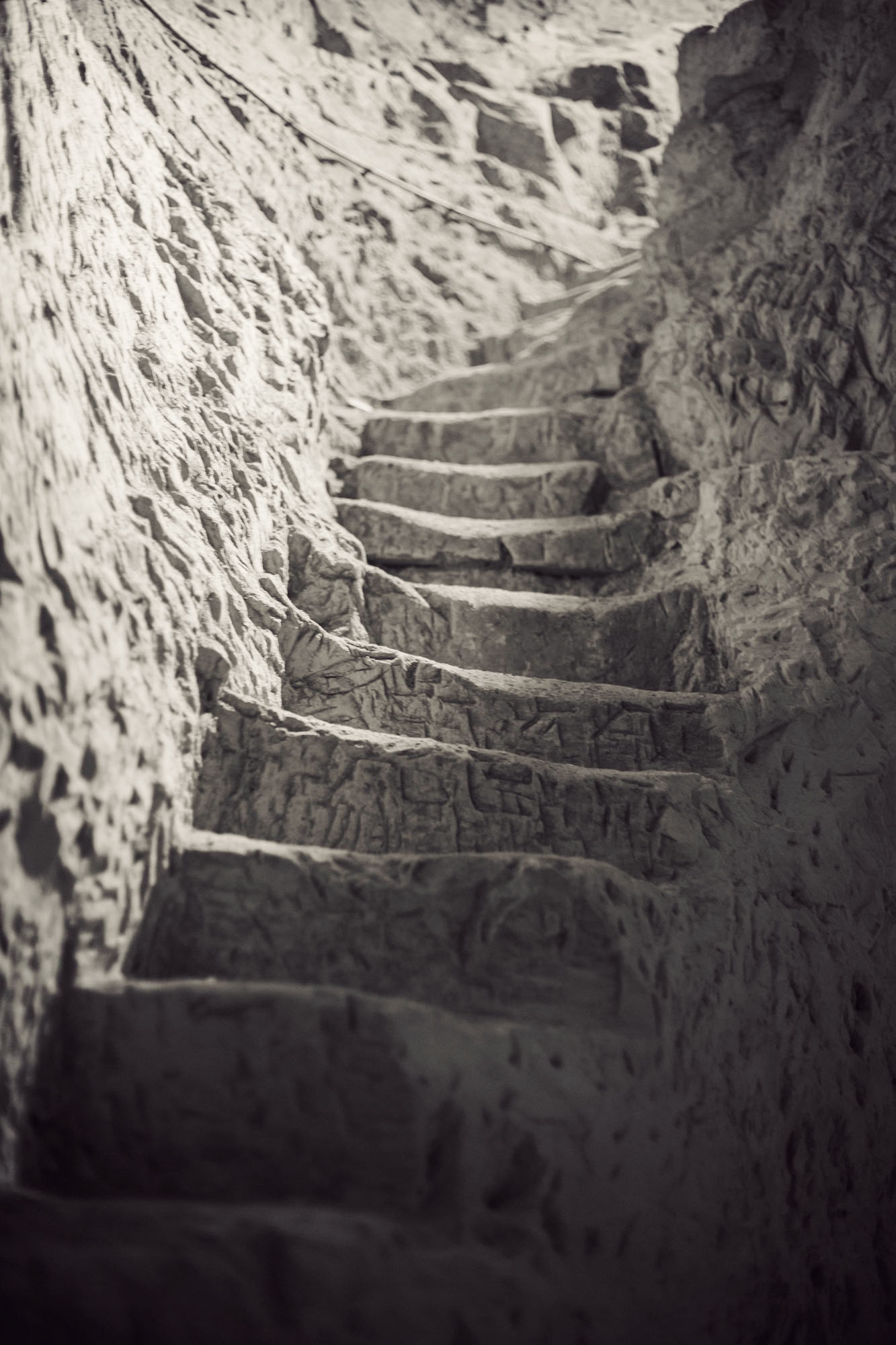

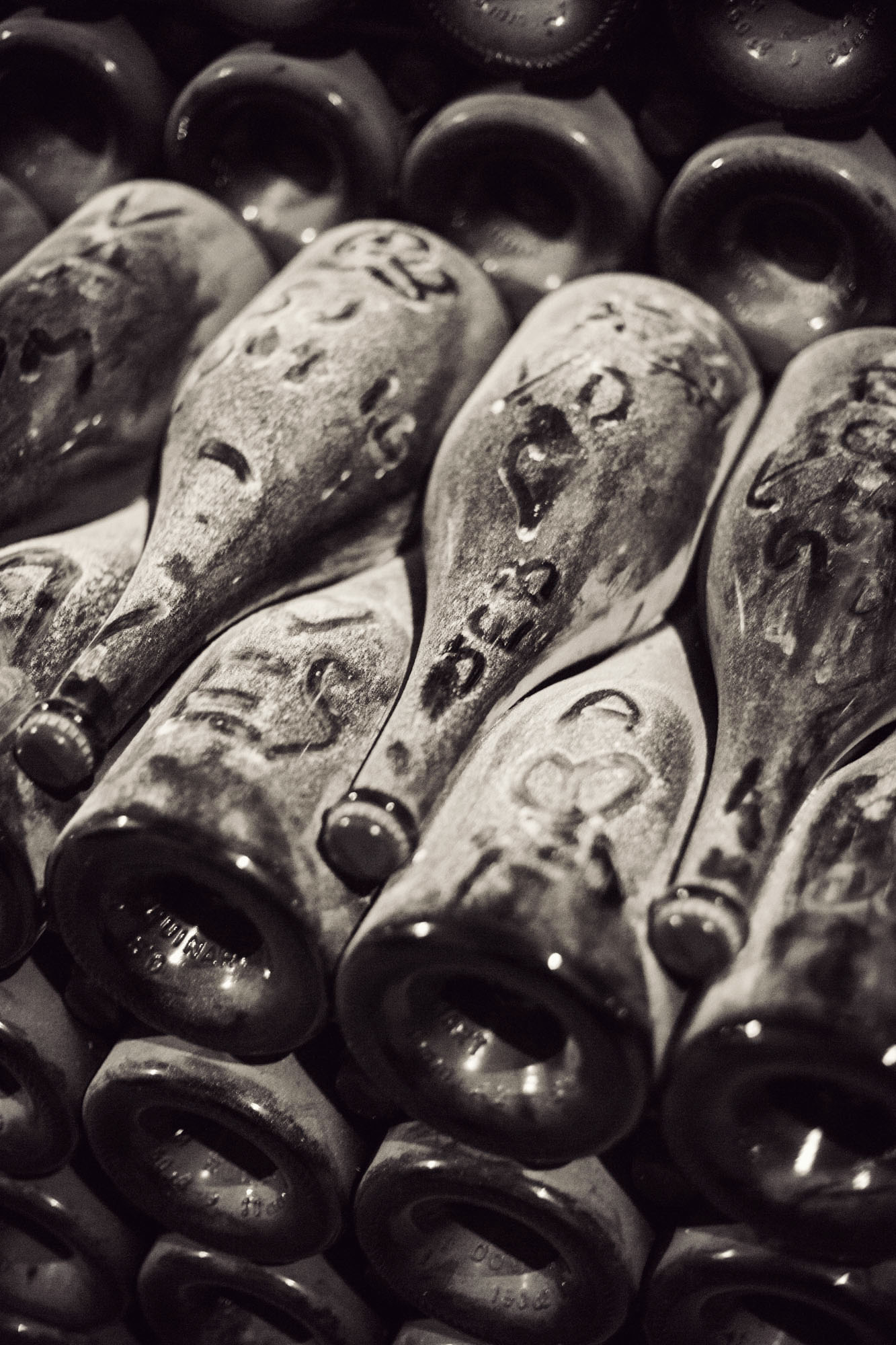
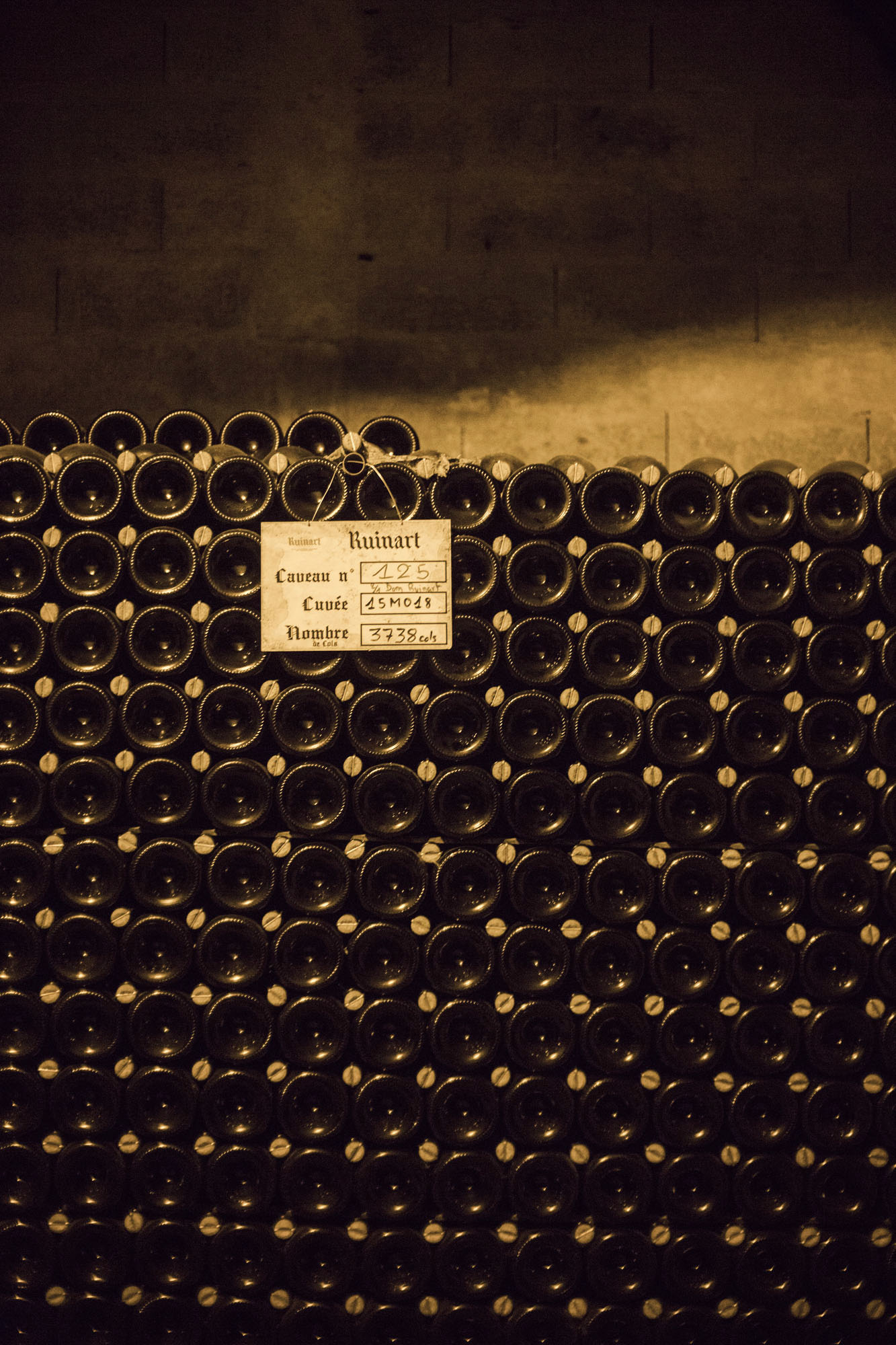
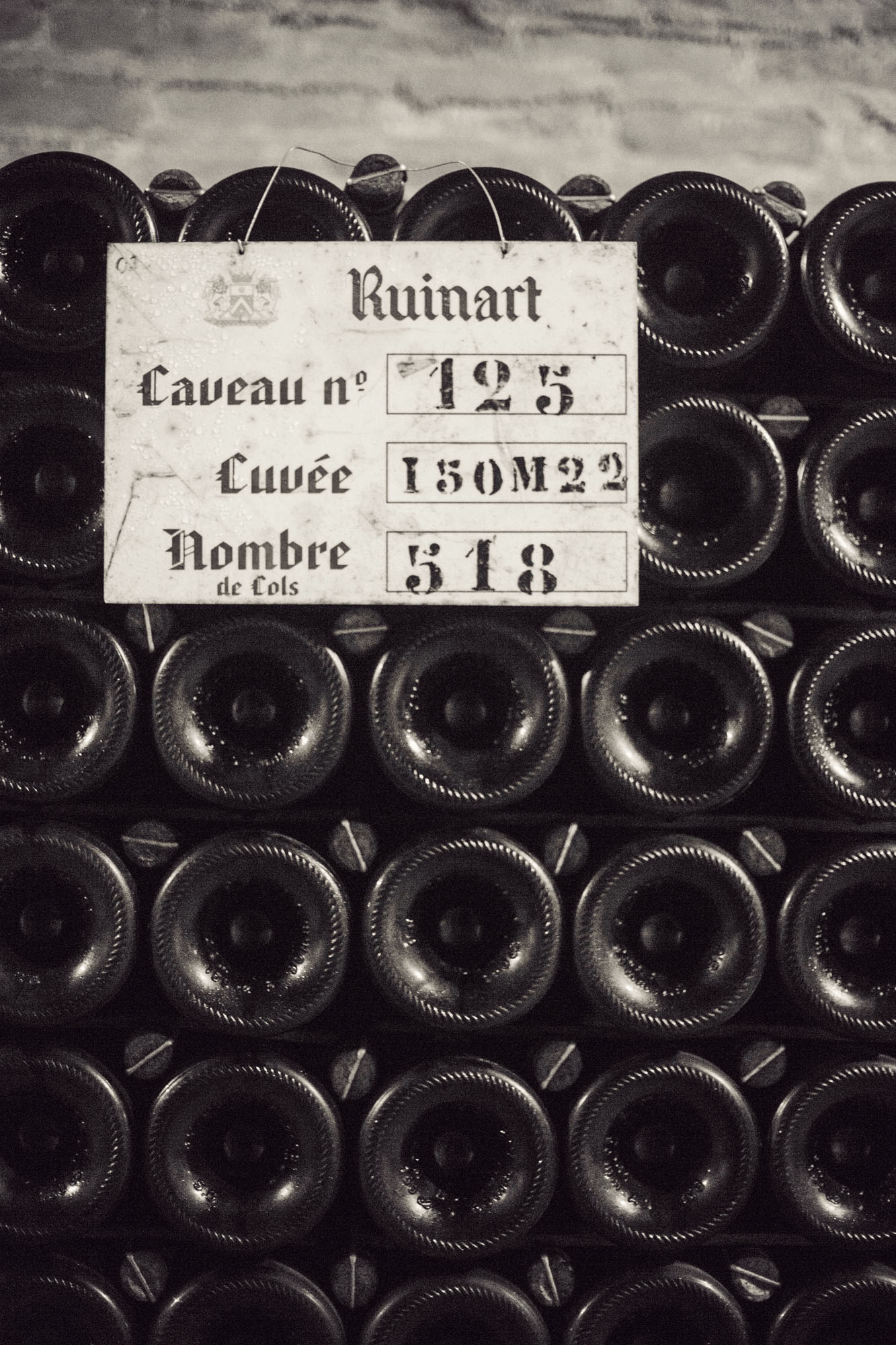

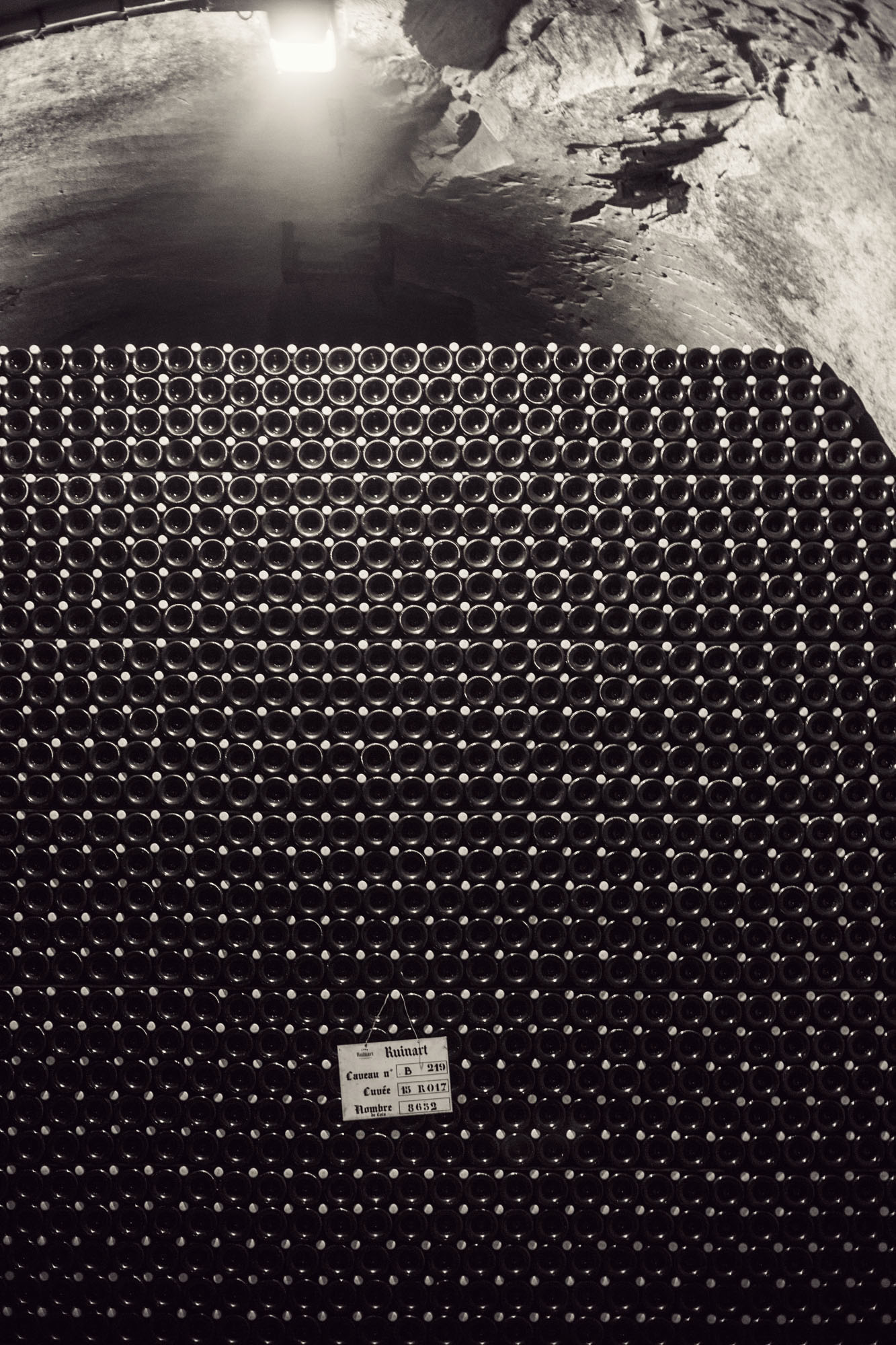
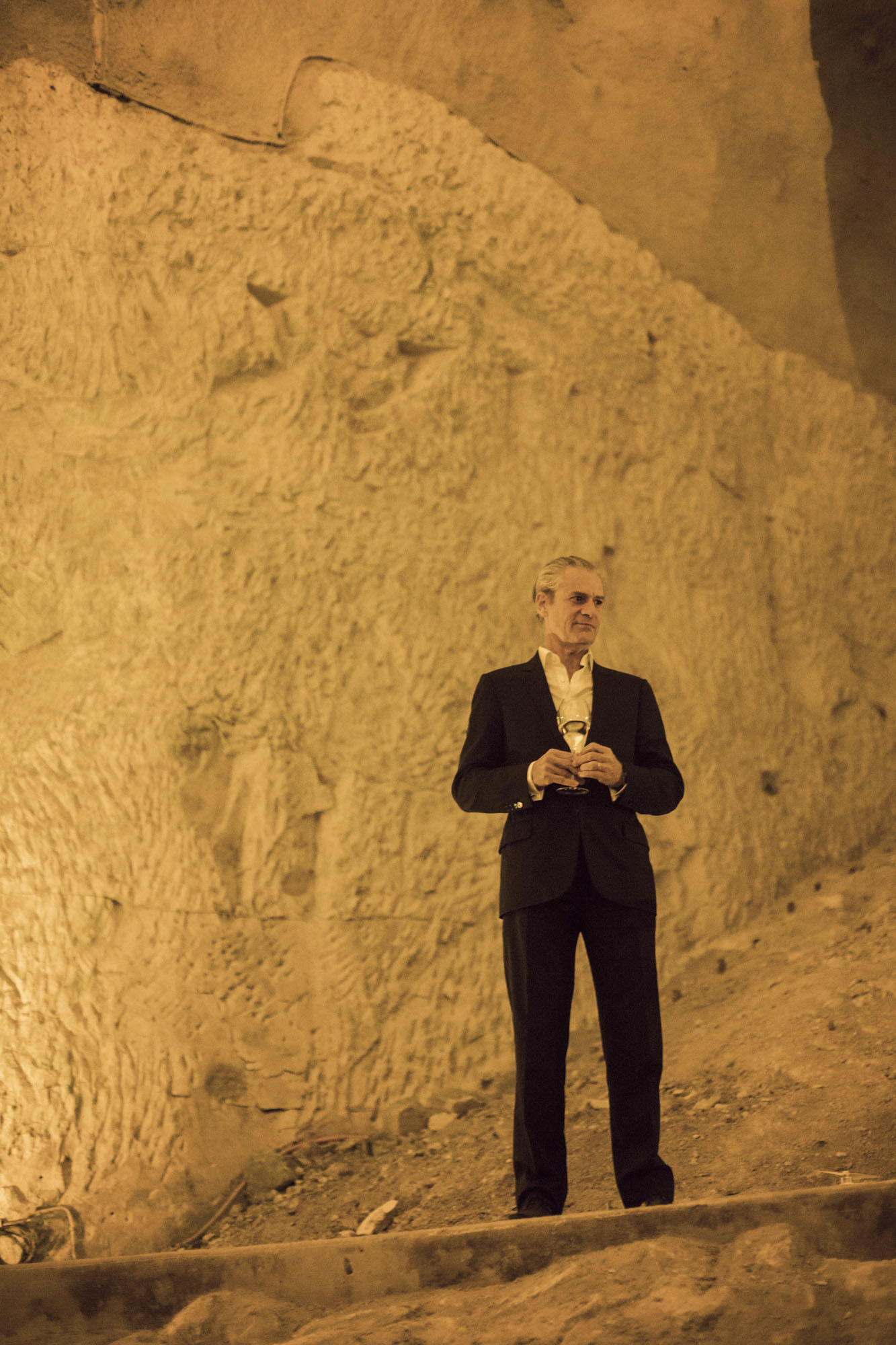
“Simplicity is the ultimate sophistication” -Frédéric Dufour
The harvest concluded with the most glorious dinner in the chateau above the caves. Under a waving banner of gold we chatted, the subtle distant sound of tinkling glasses, the whisper of champagne corks, the jazzy voices that echoed through the background.
The quintessential moment of the evening, a bottle of Dom Ruinart, sent as a special surprise, and named after the founder’s uncle, which wept of ripe fruit and truly filled to the brim one’s very soul.

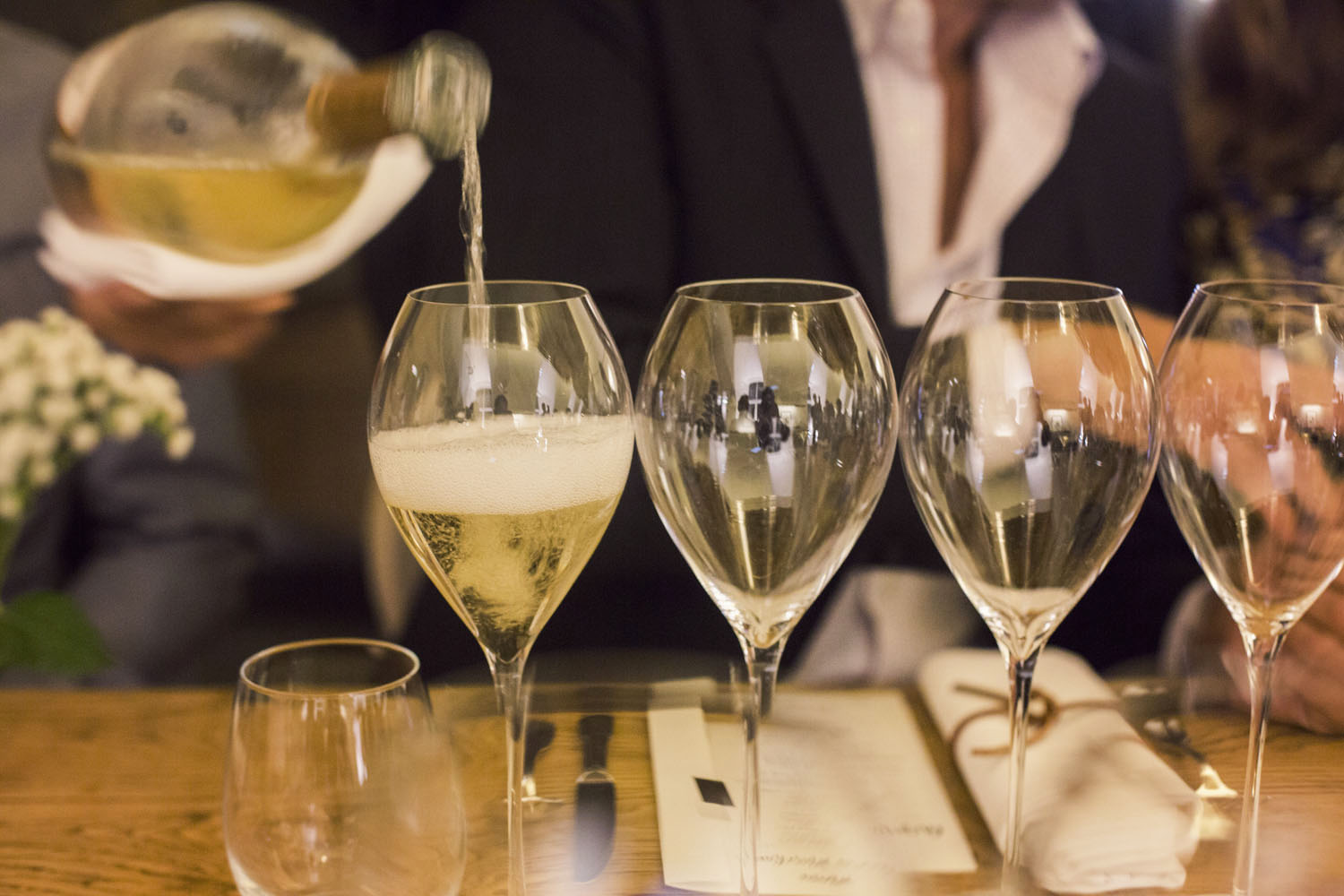
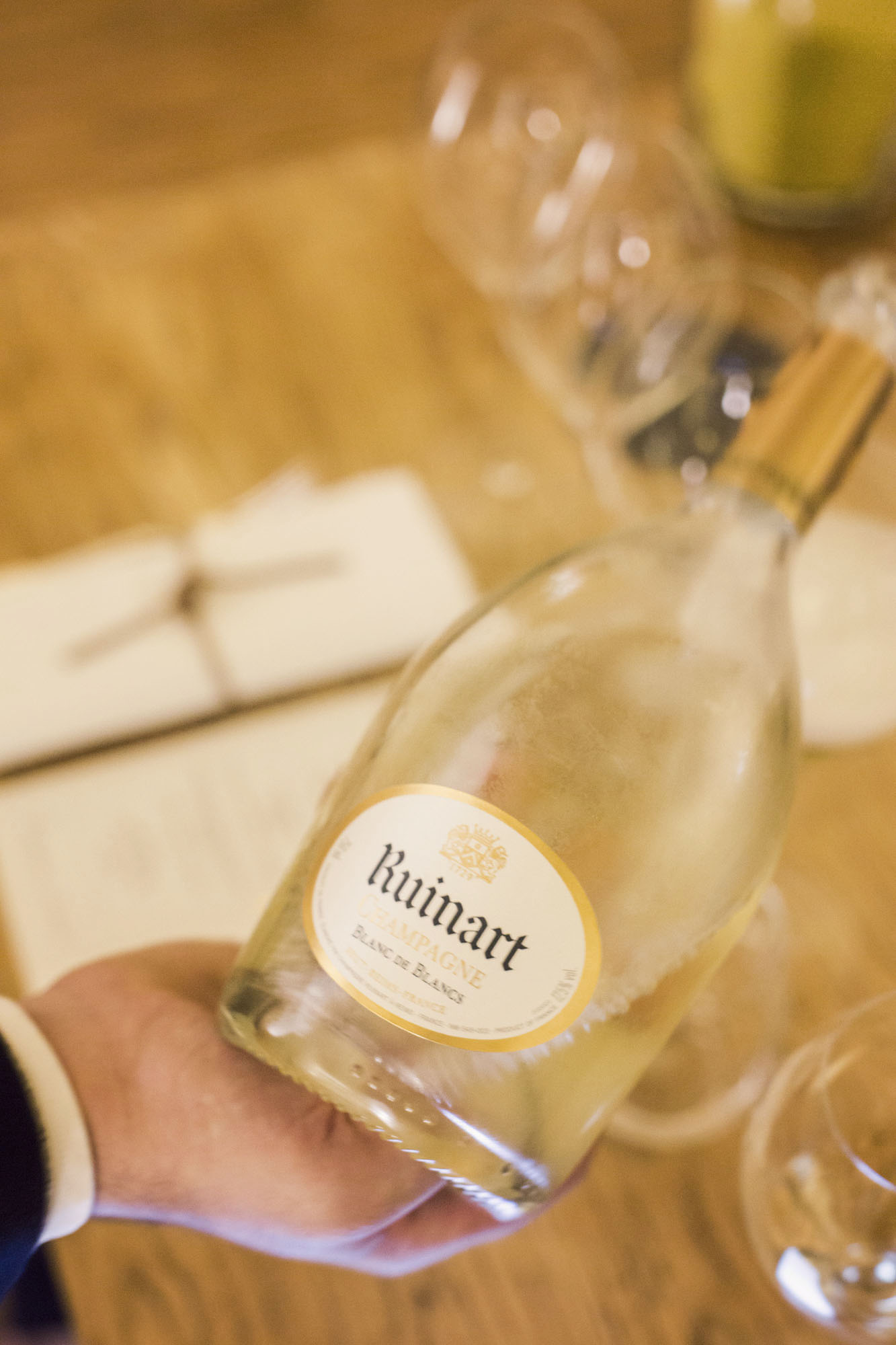
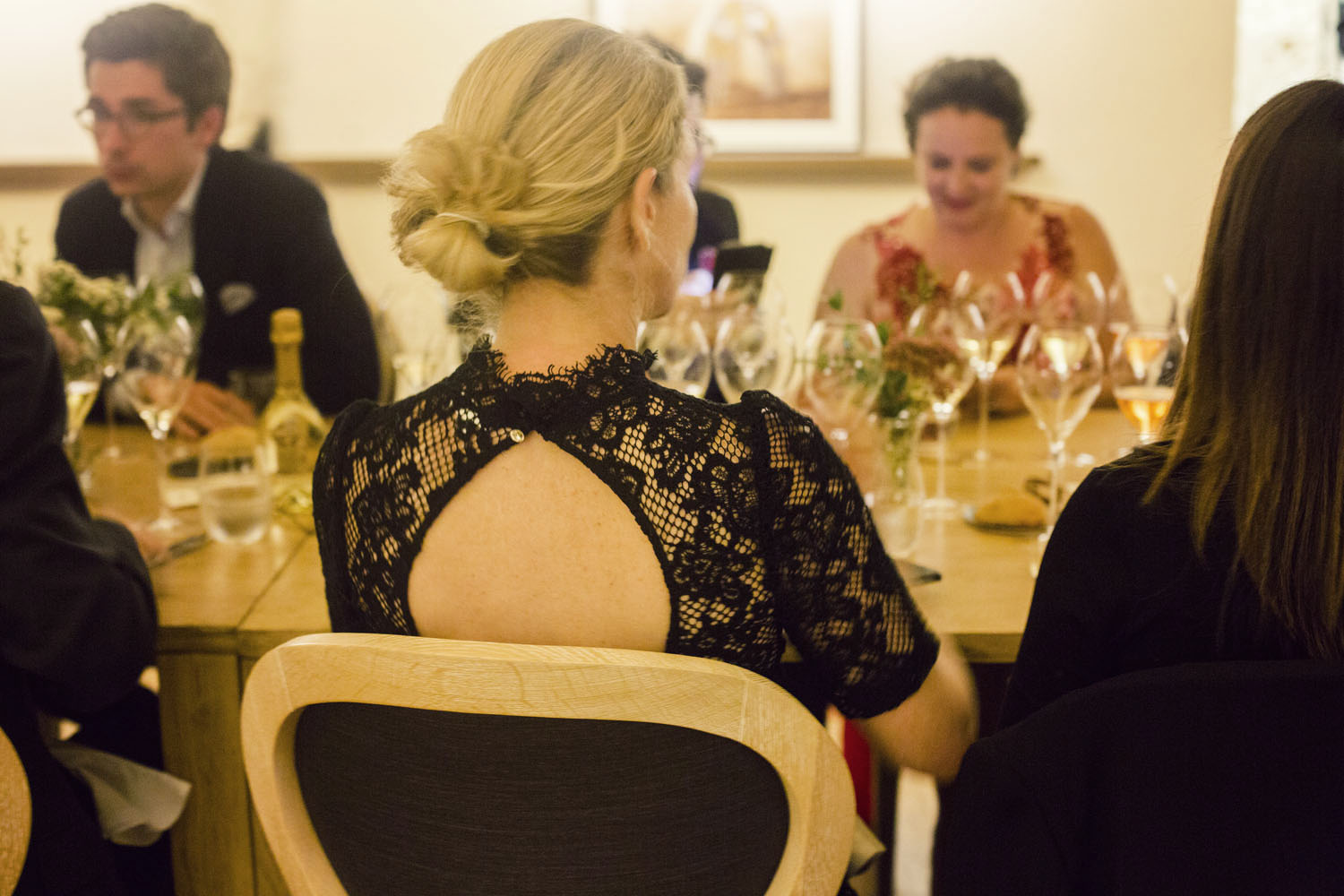
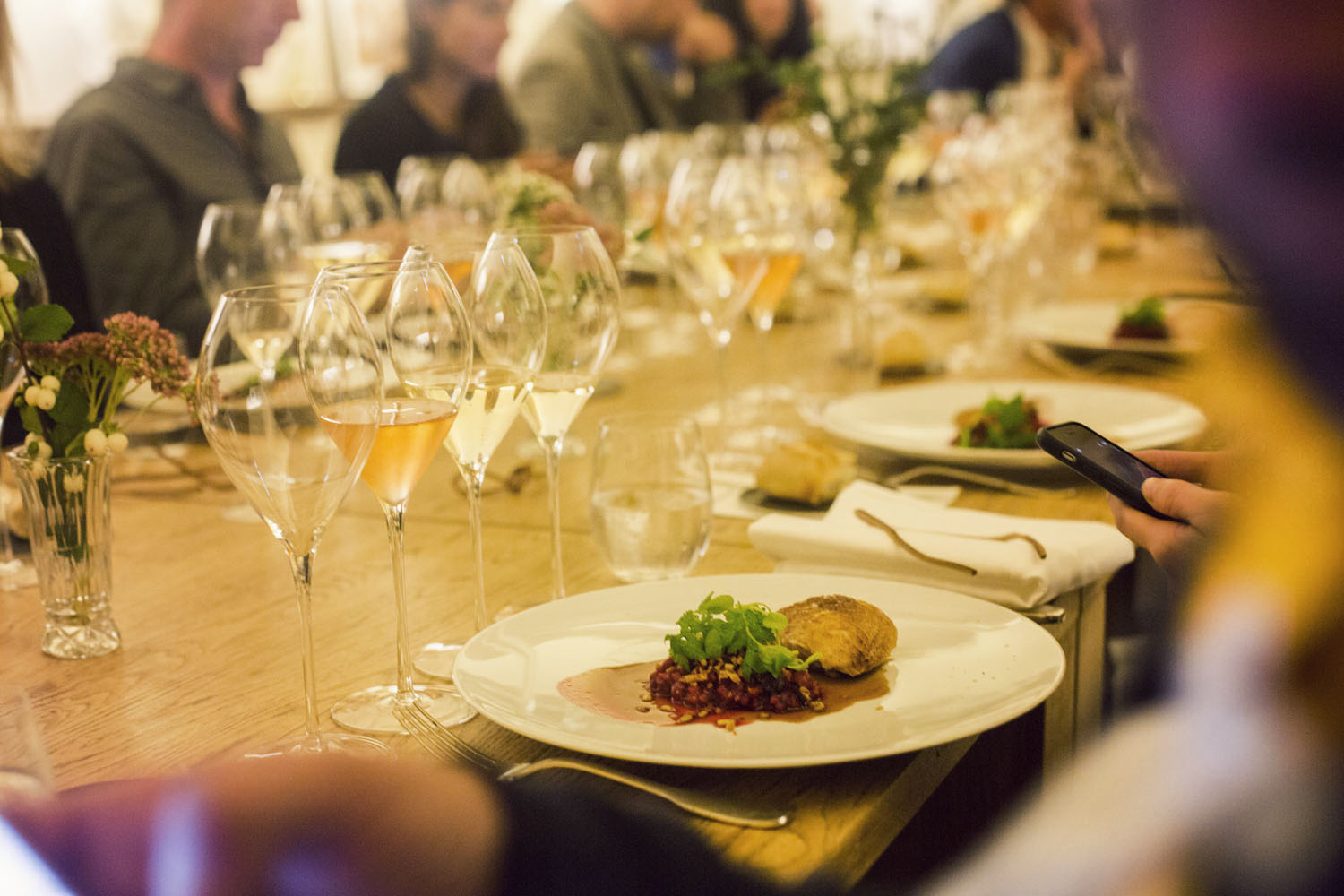
Below, arriving in Paris the evening before for Ruinart’s welcome dinner at the Crystal Room in Maiyet slip dress and Loeffler Randall lace up pumps.
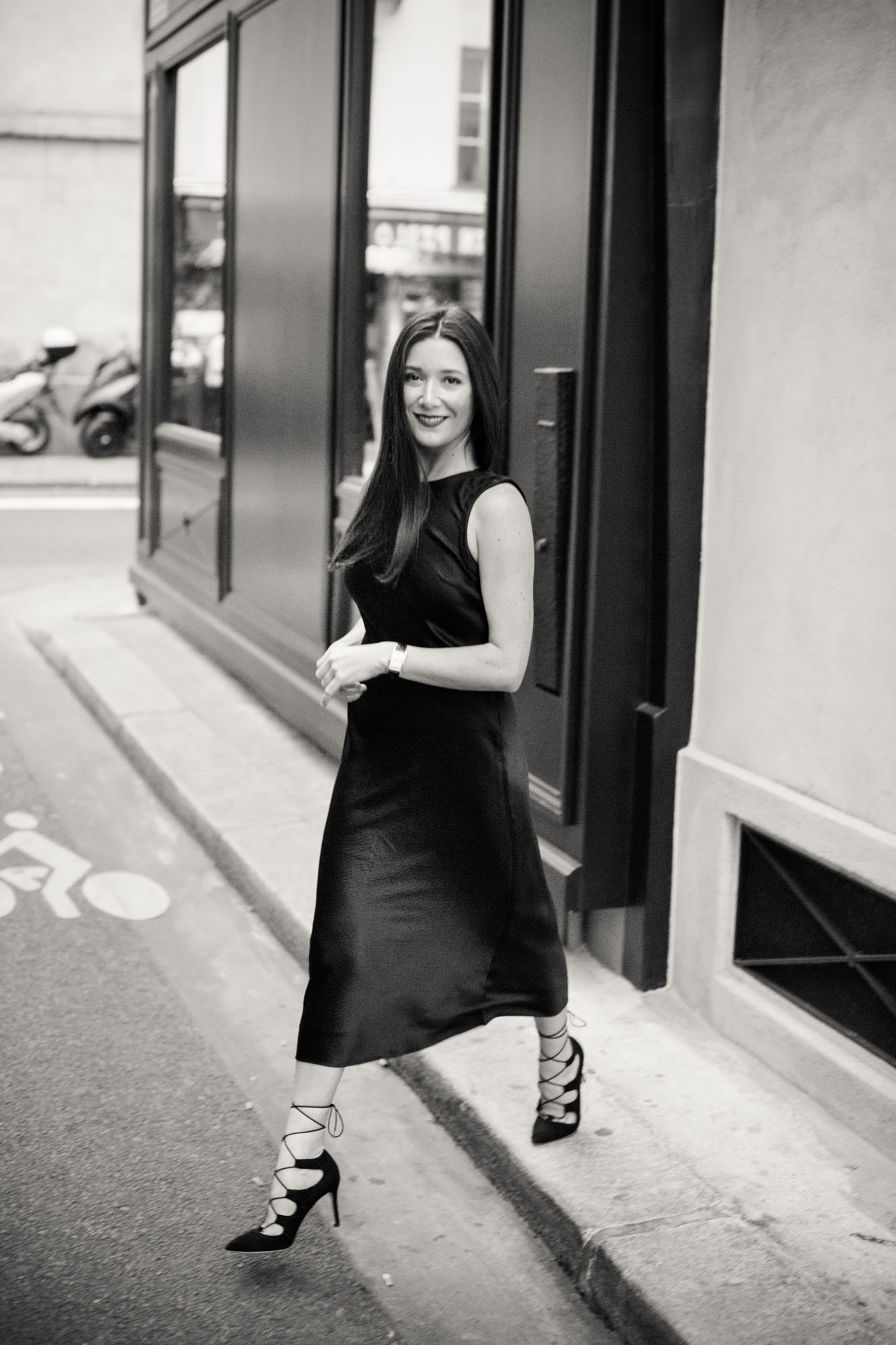
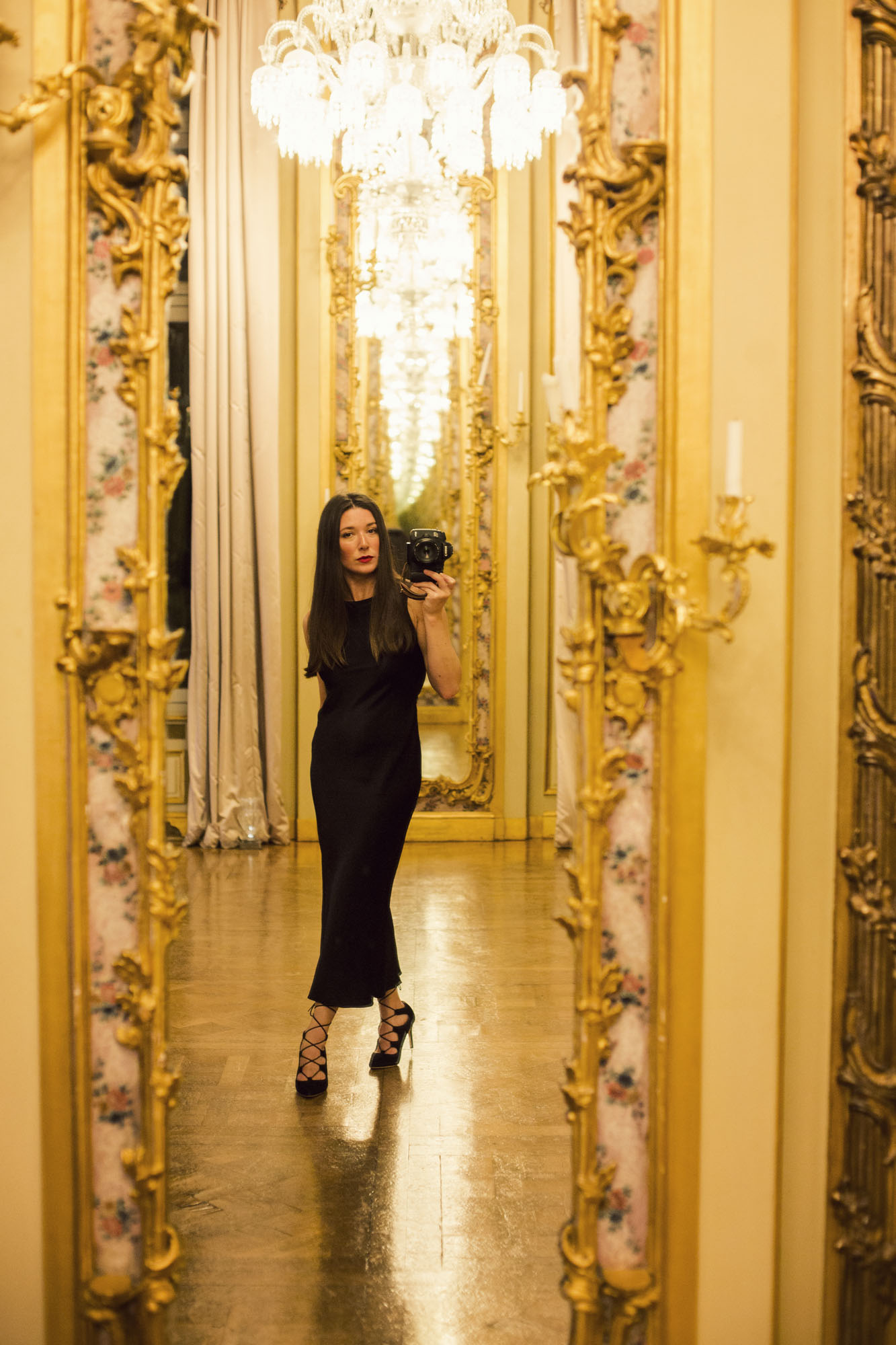
More Champagne stories HERE….


